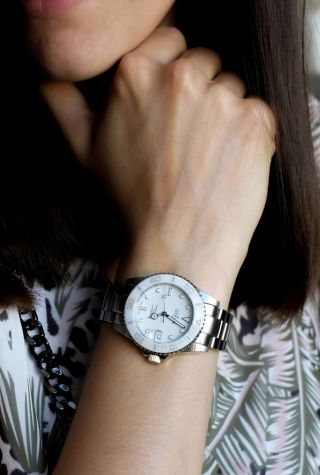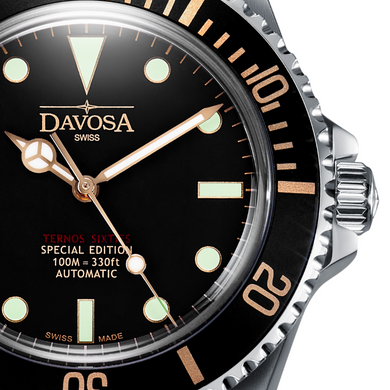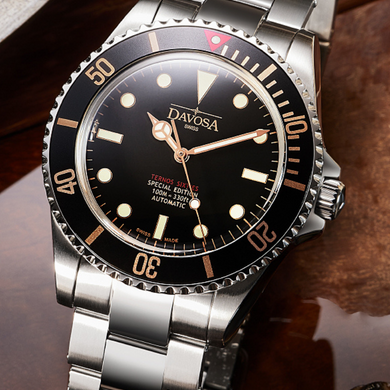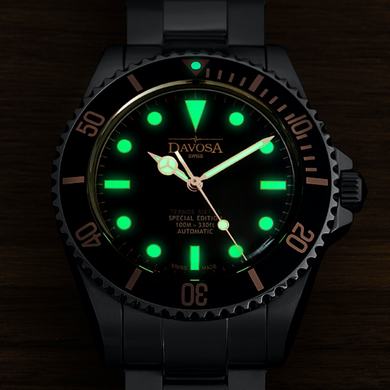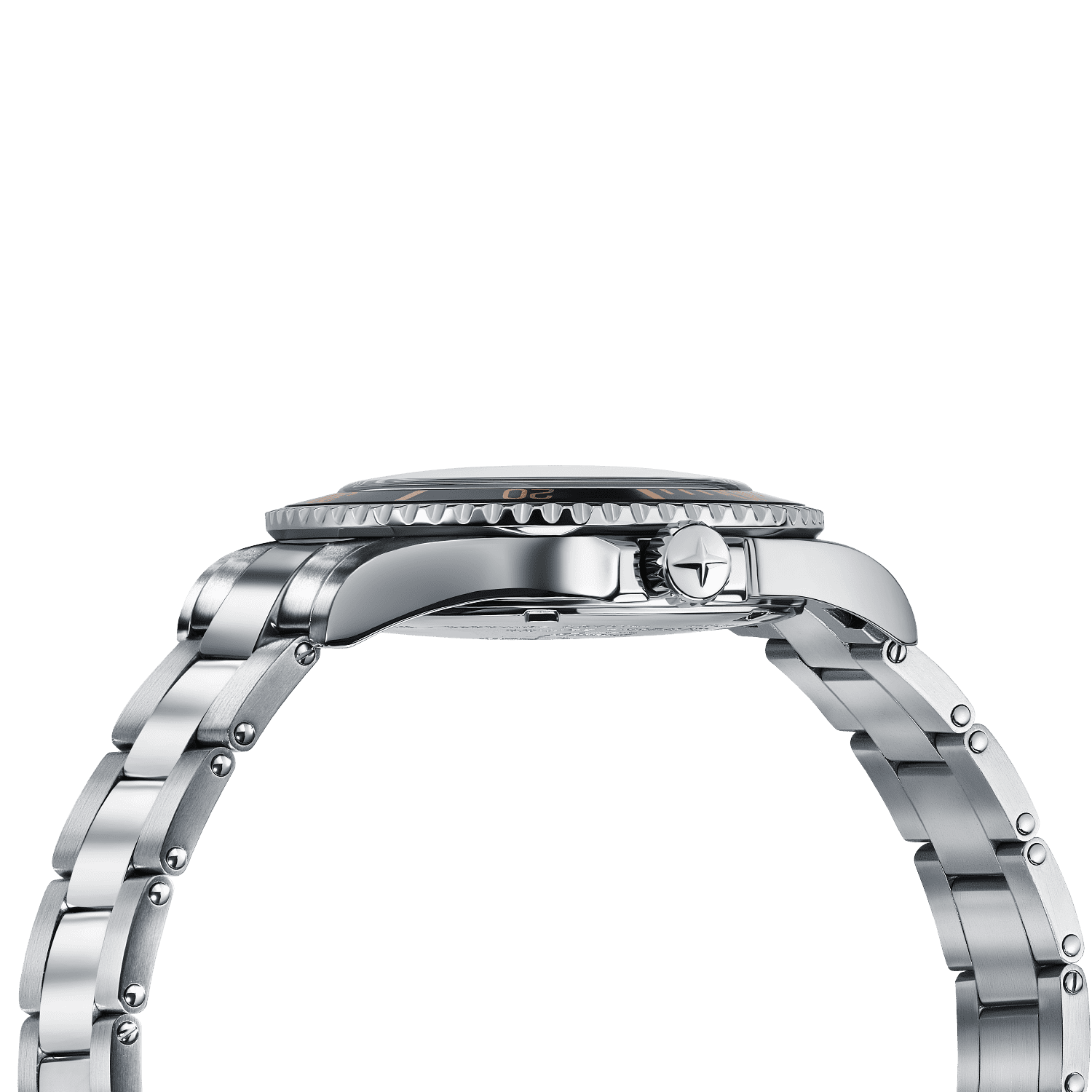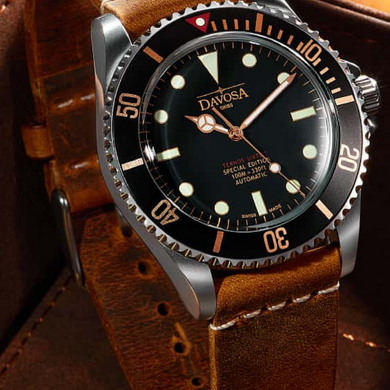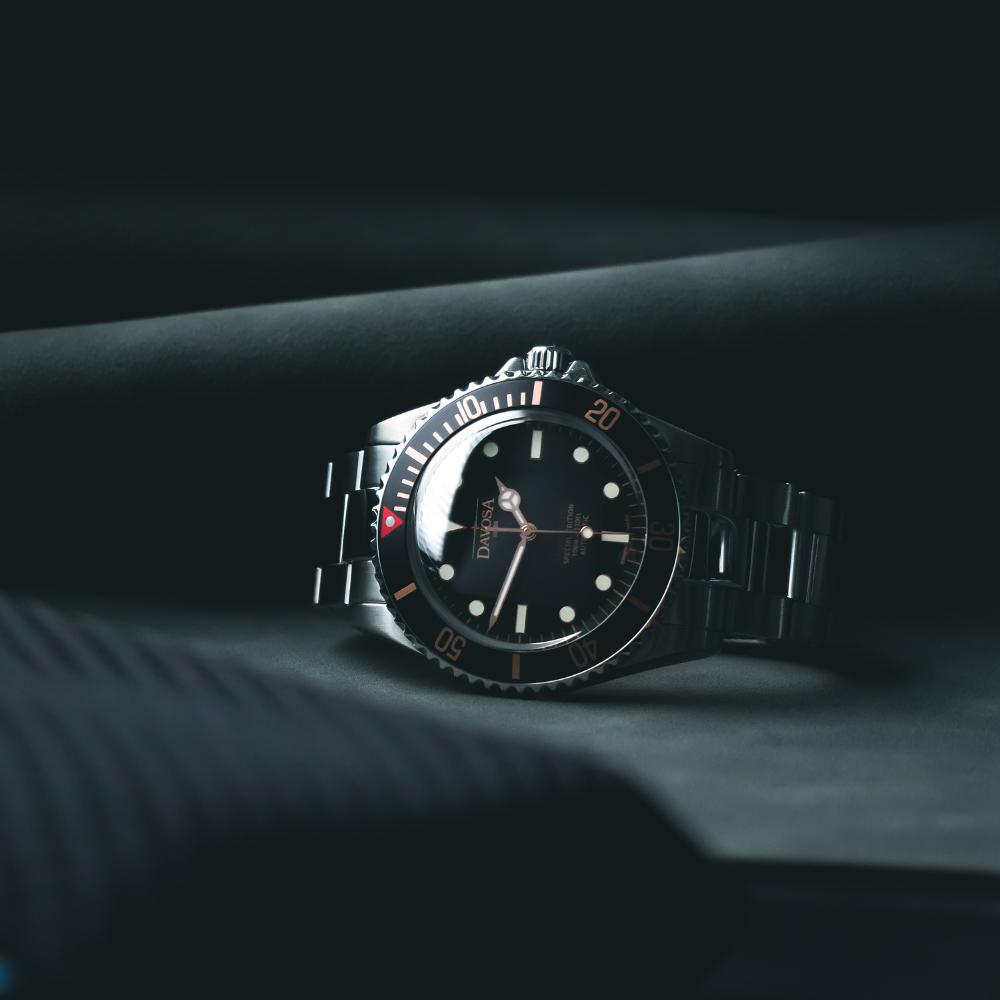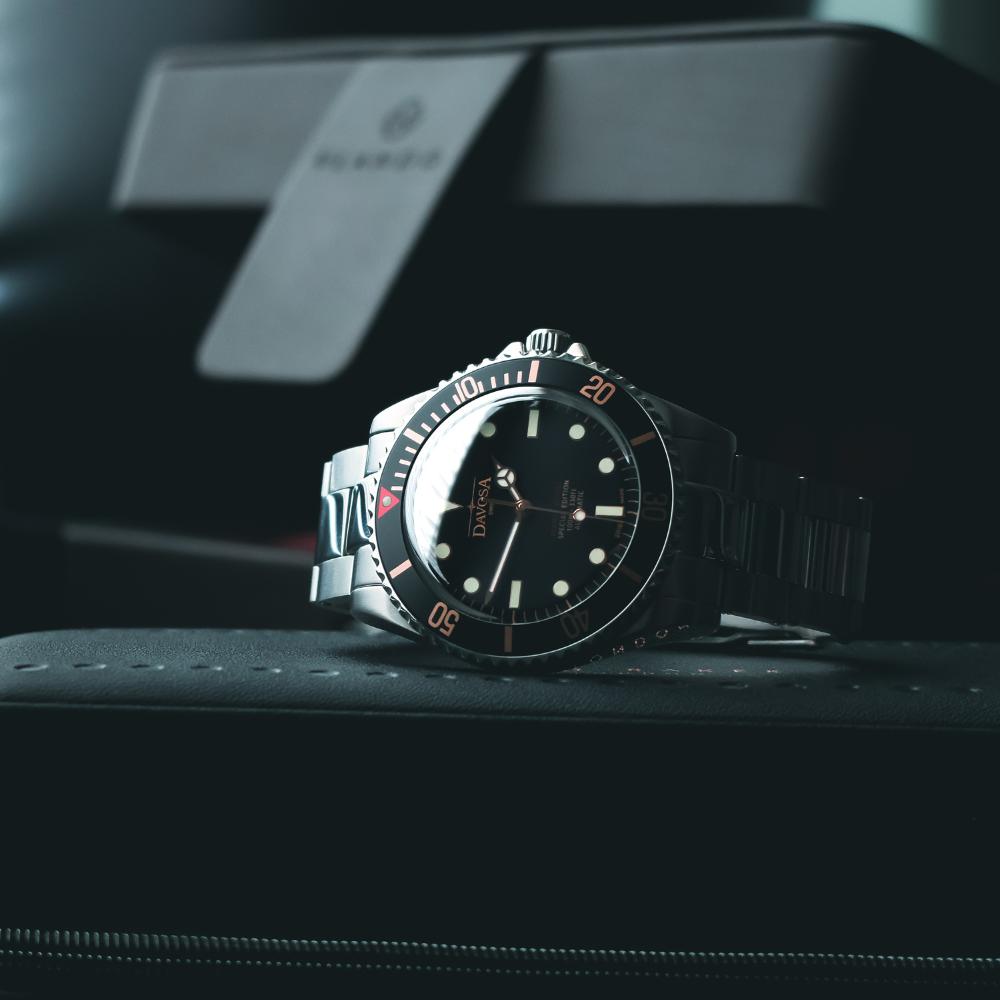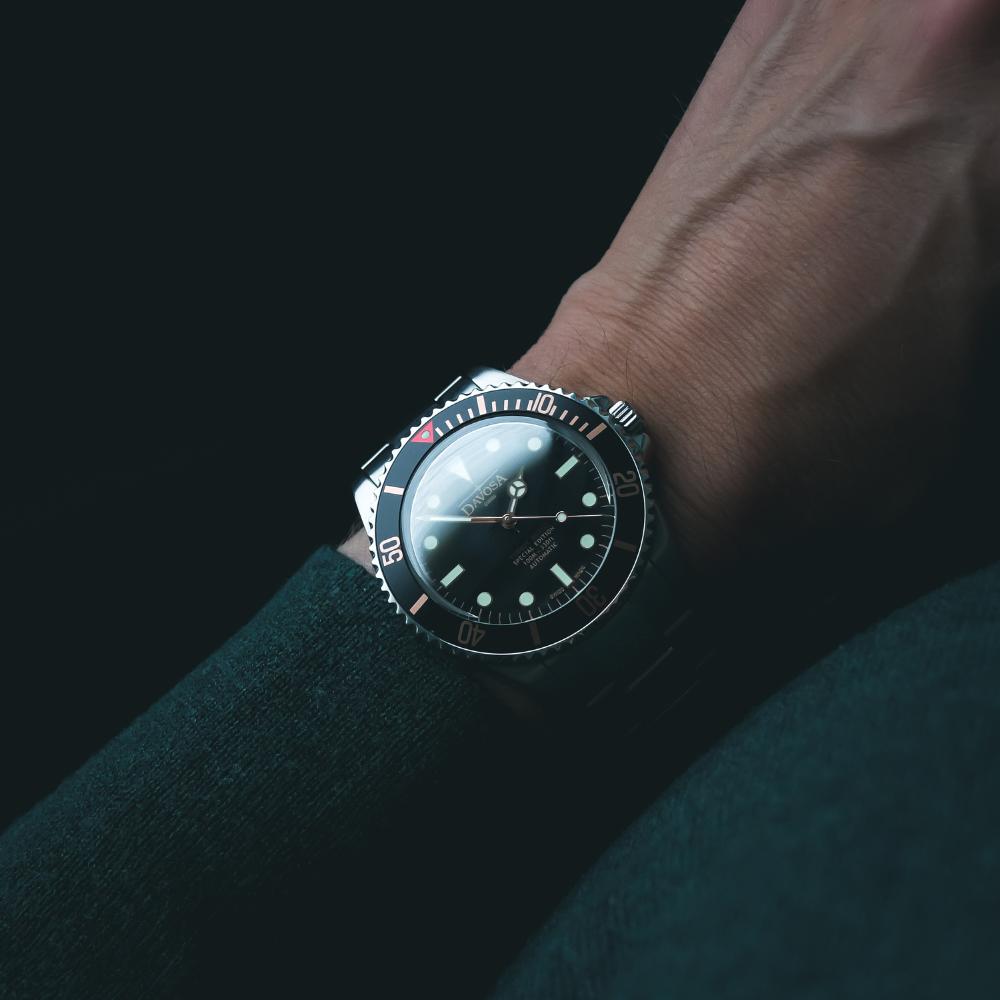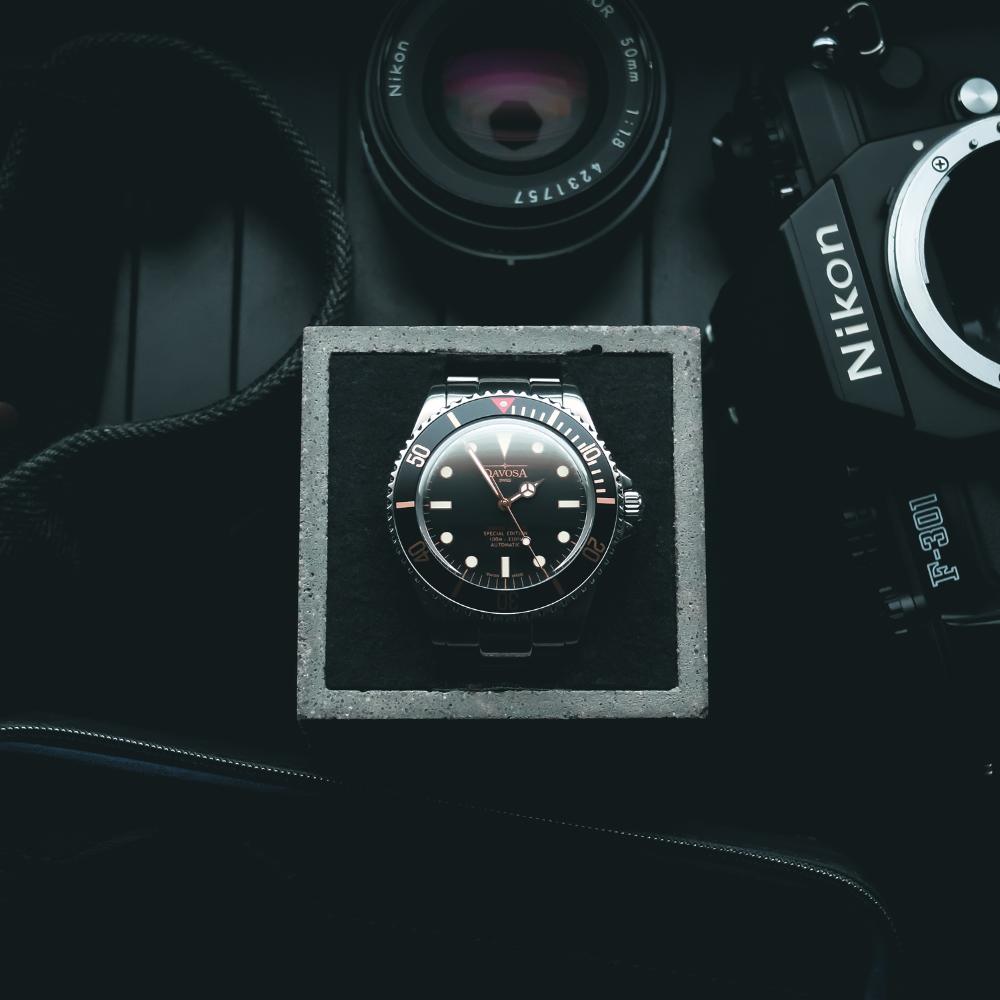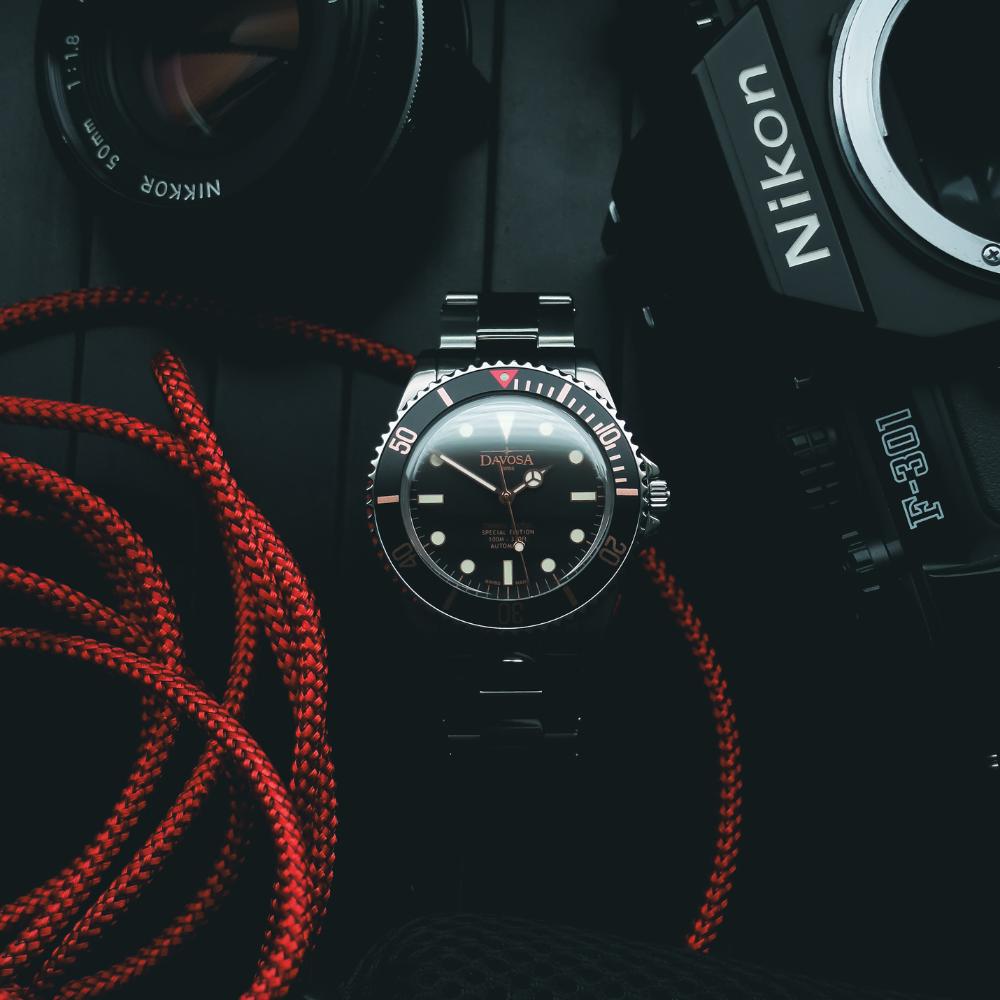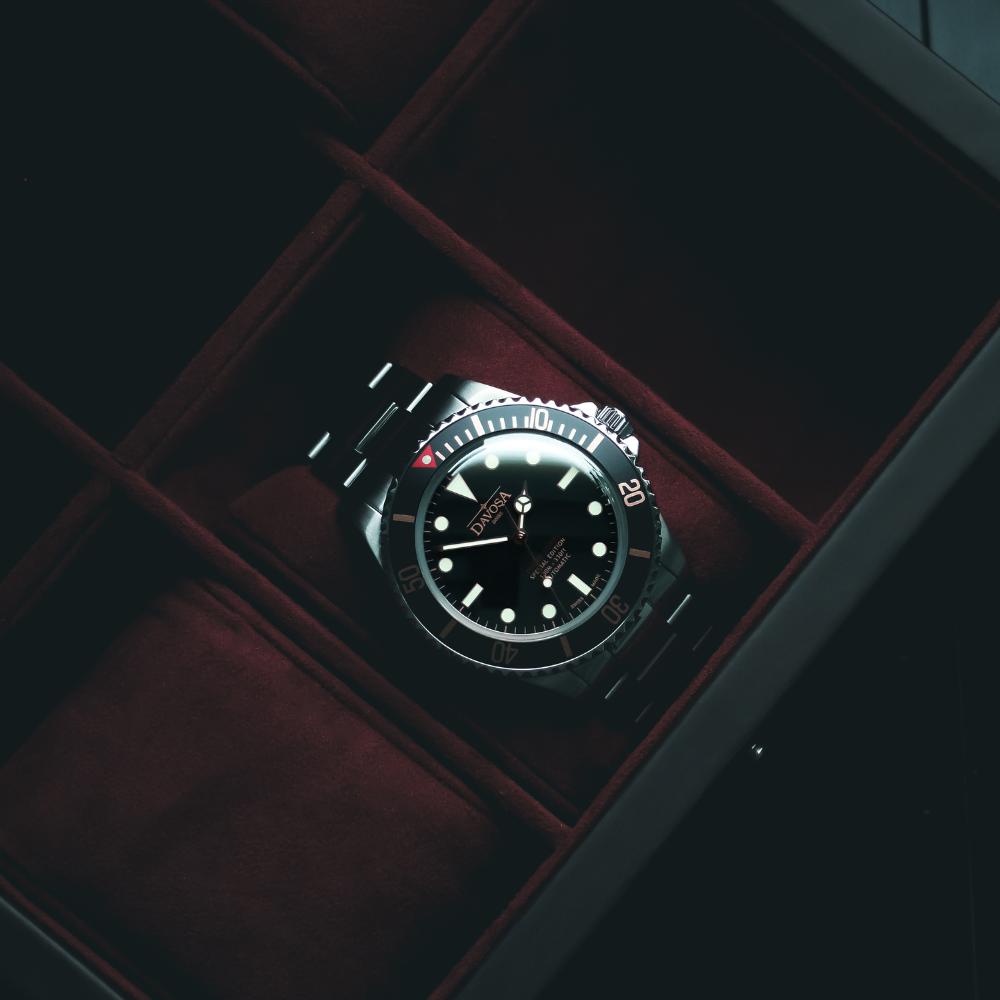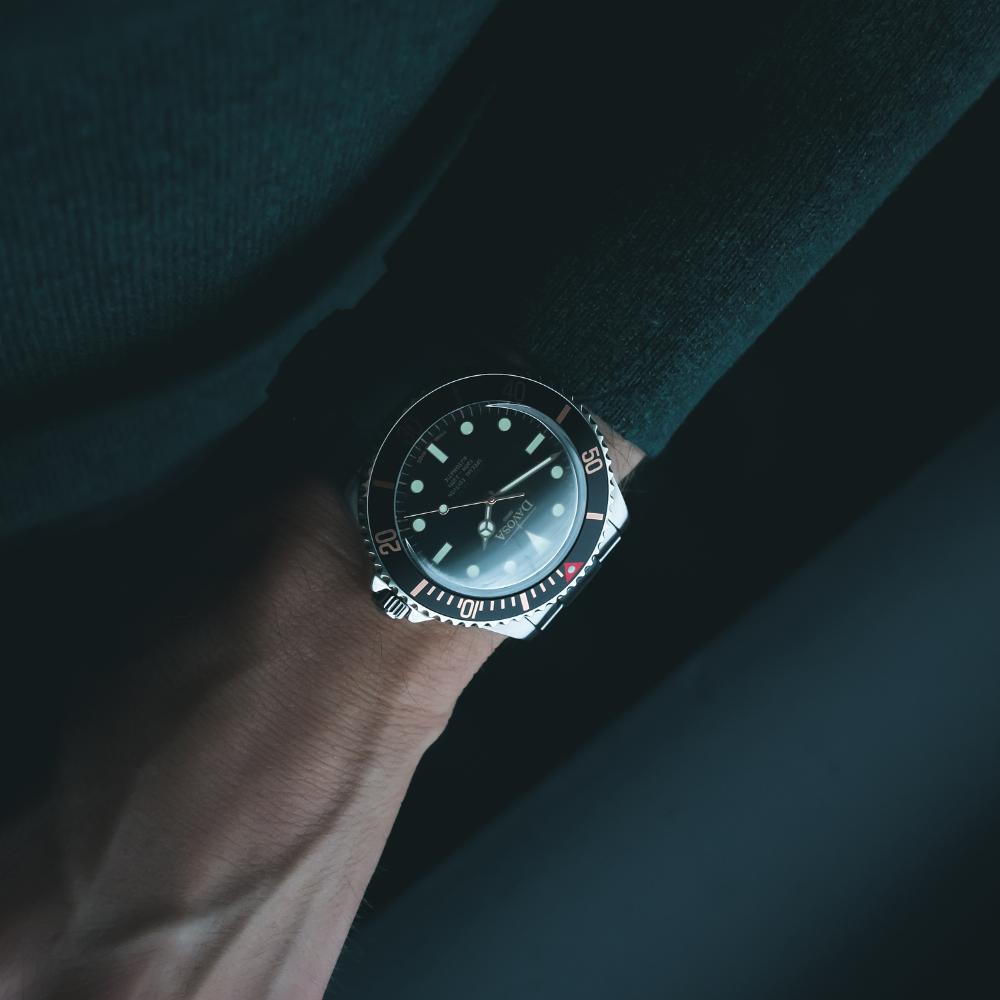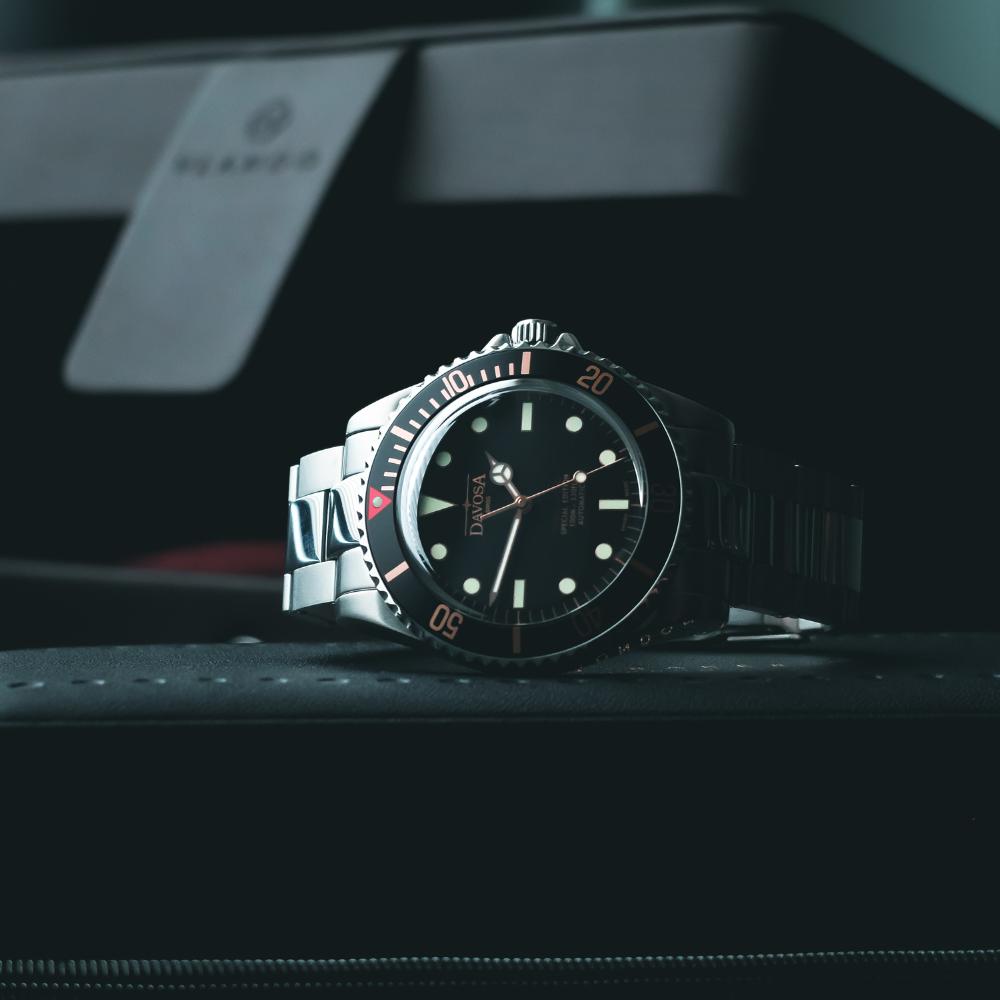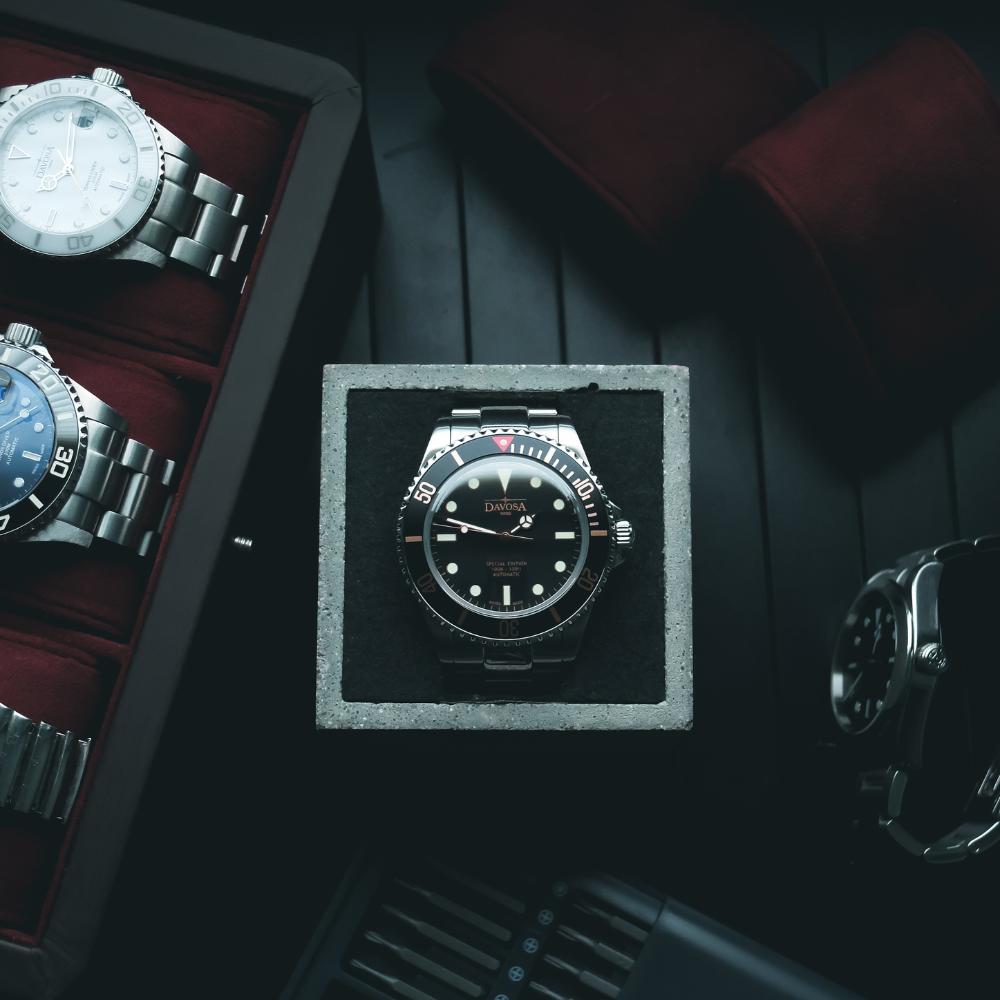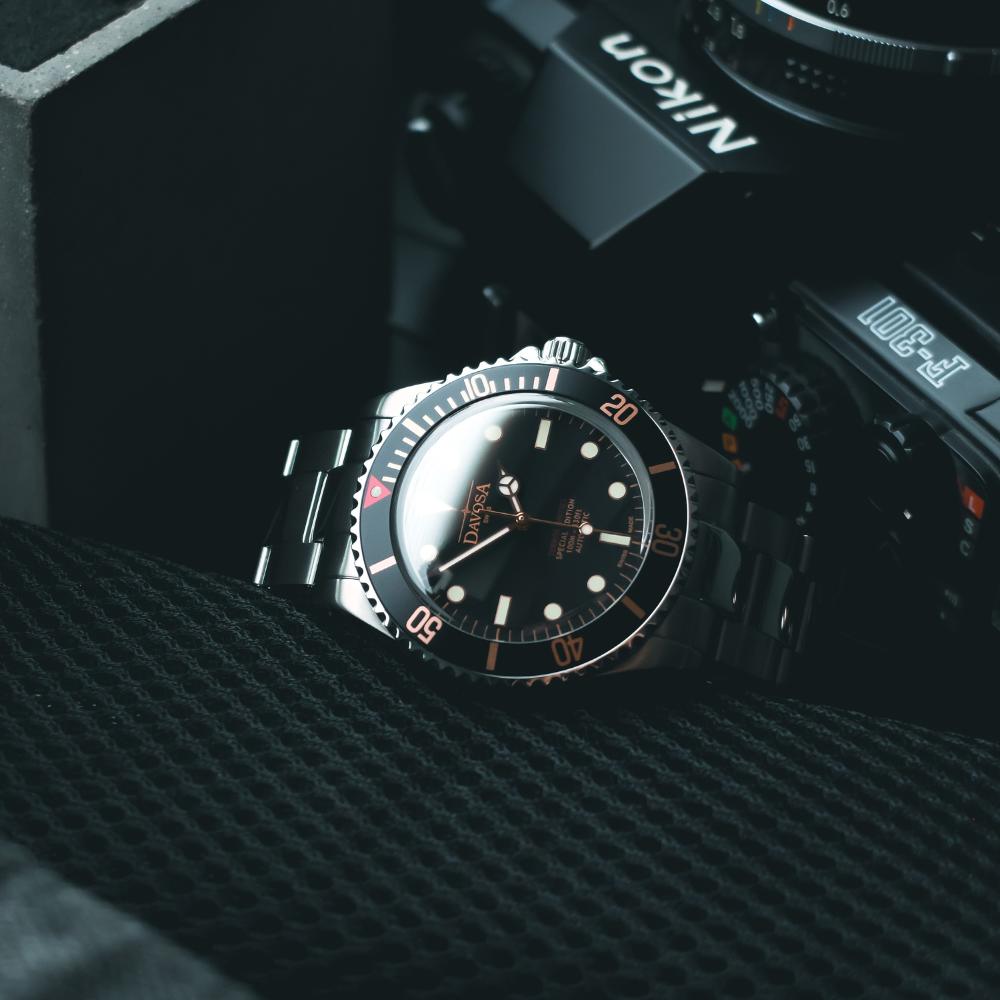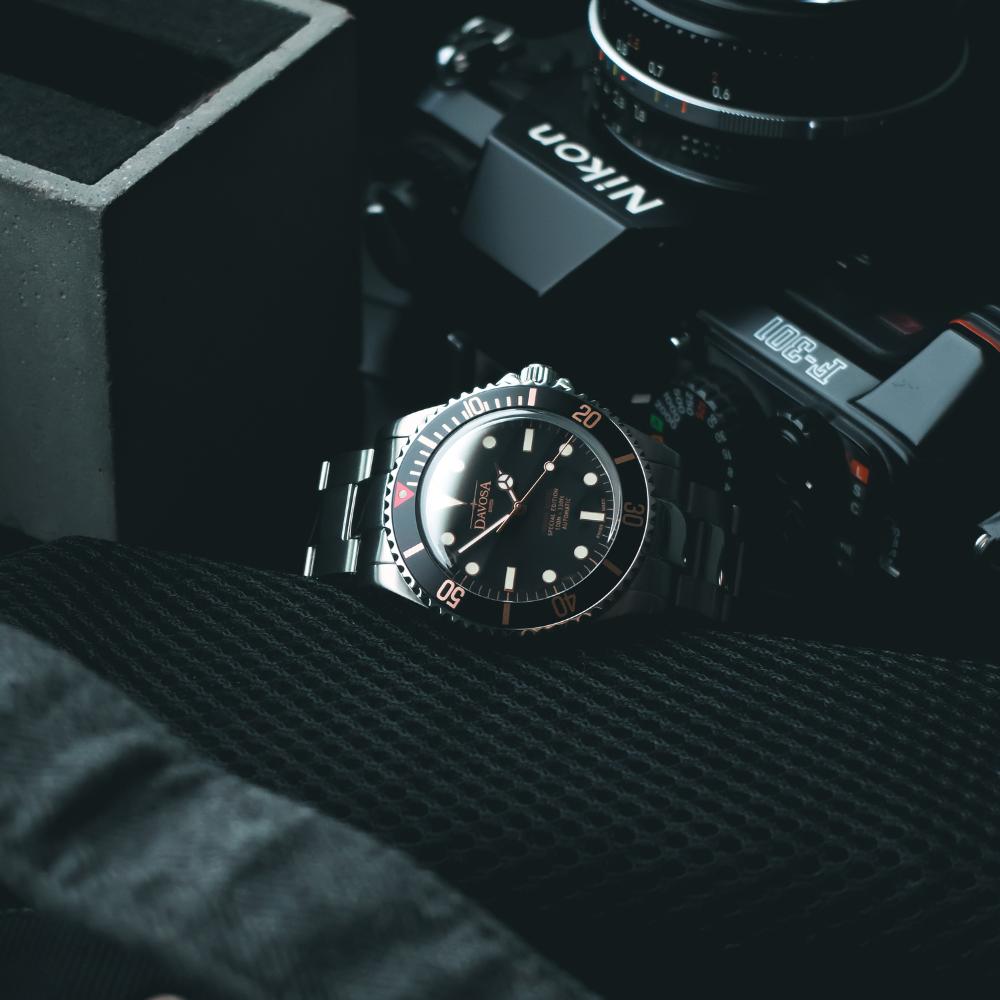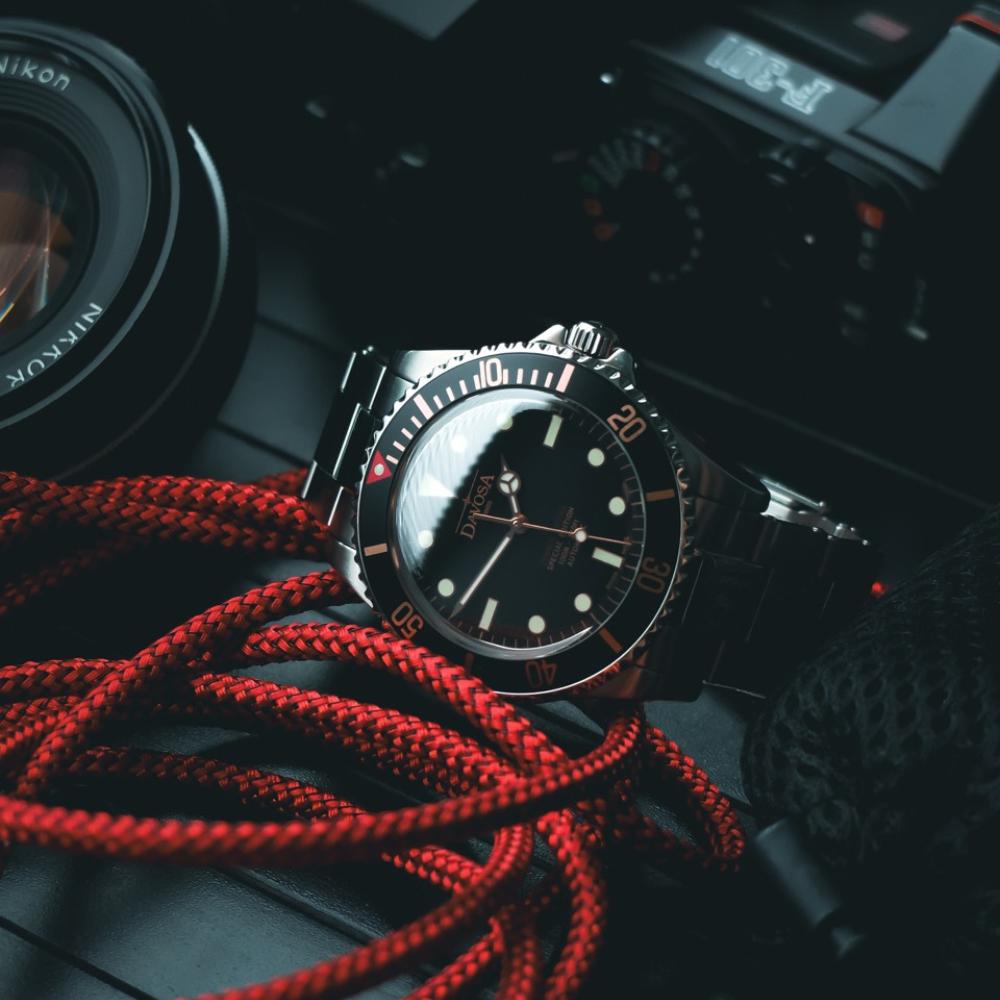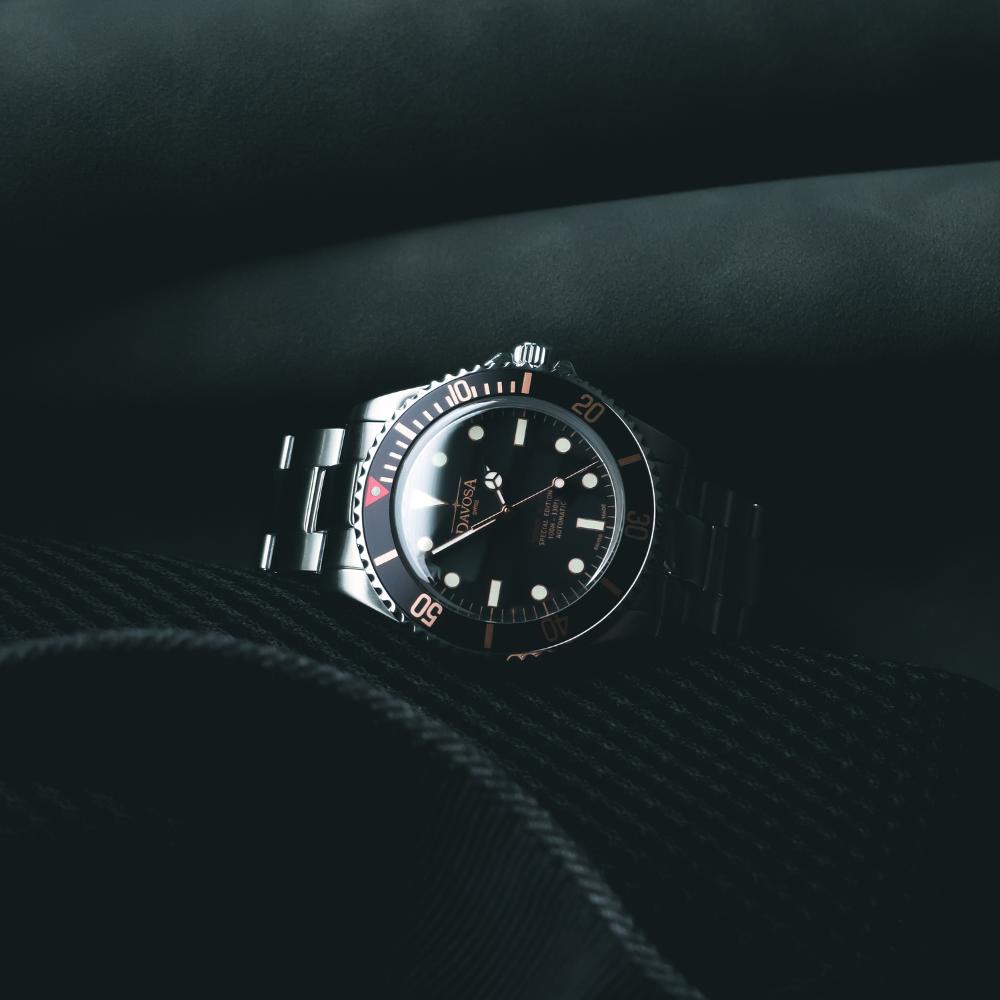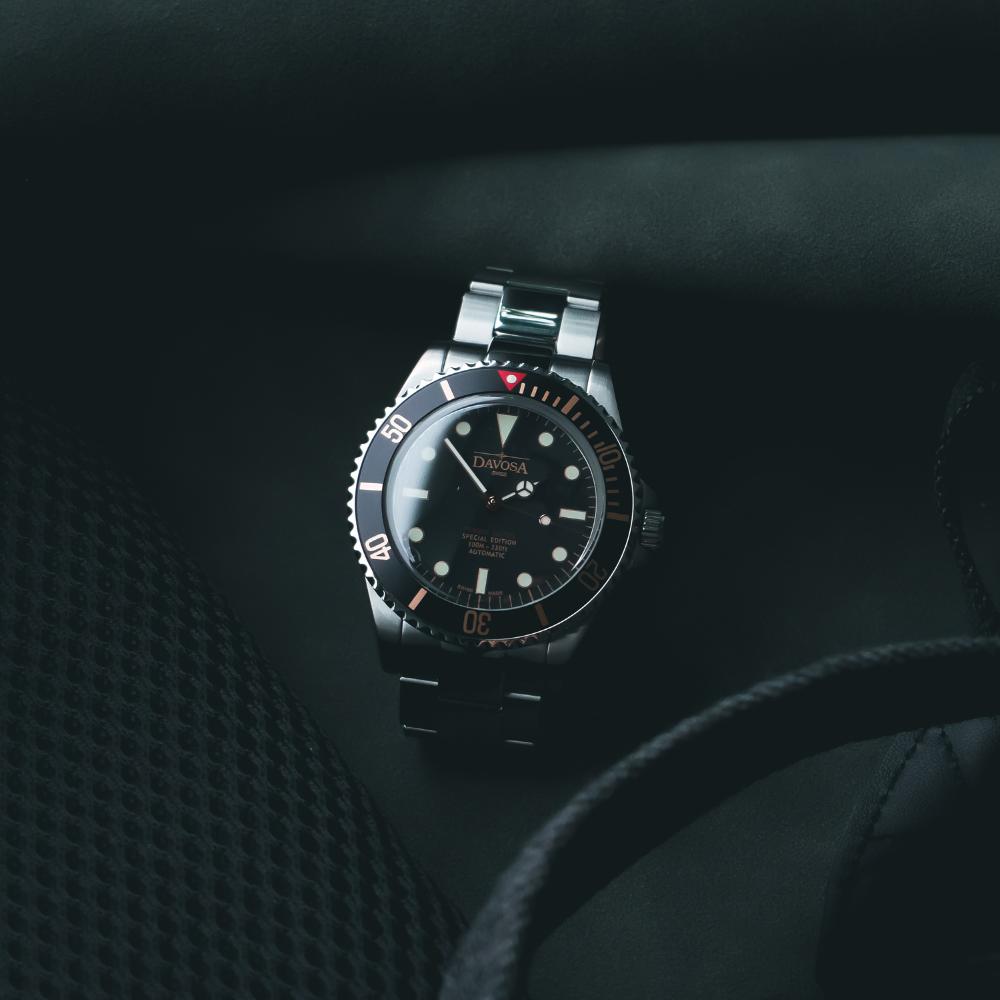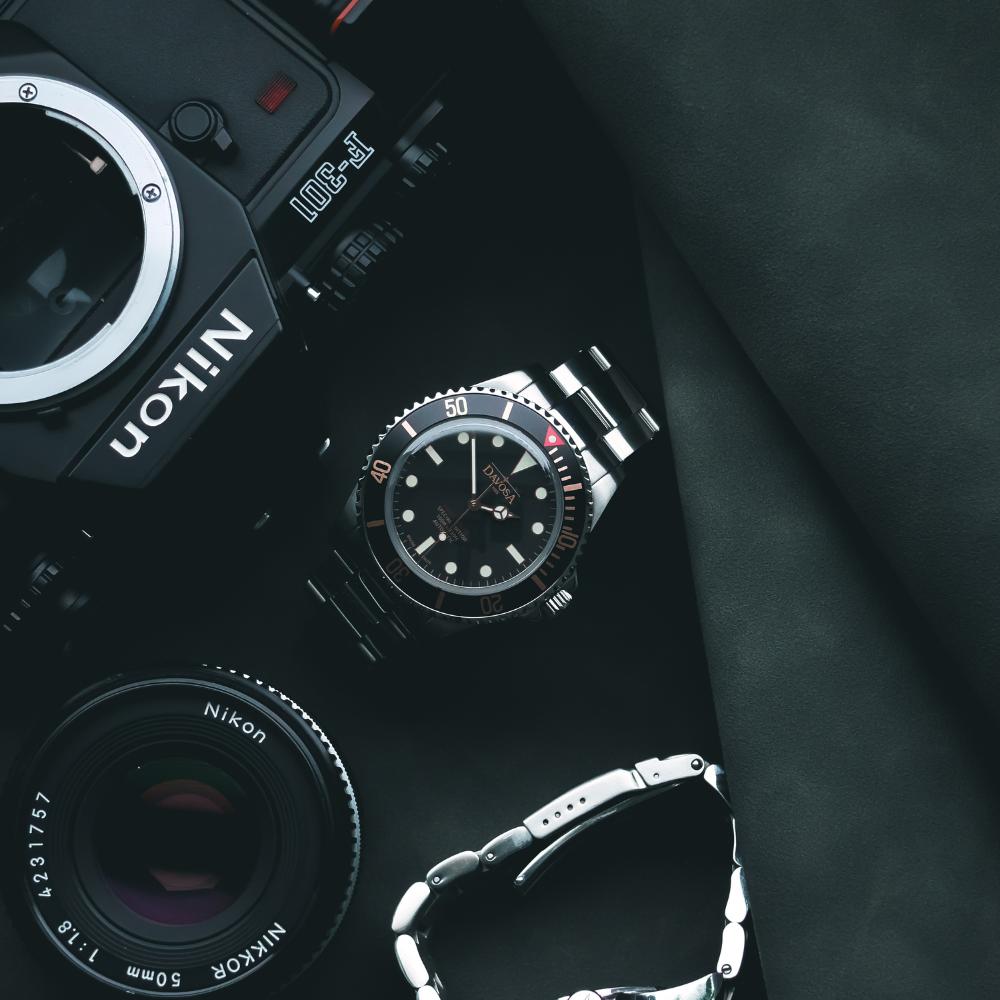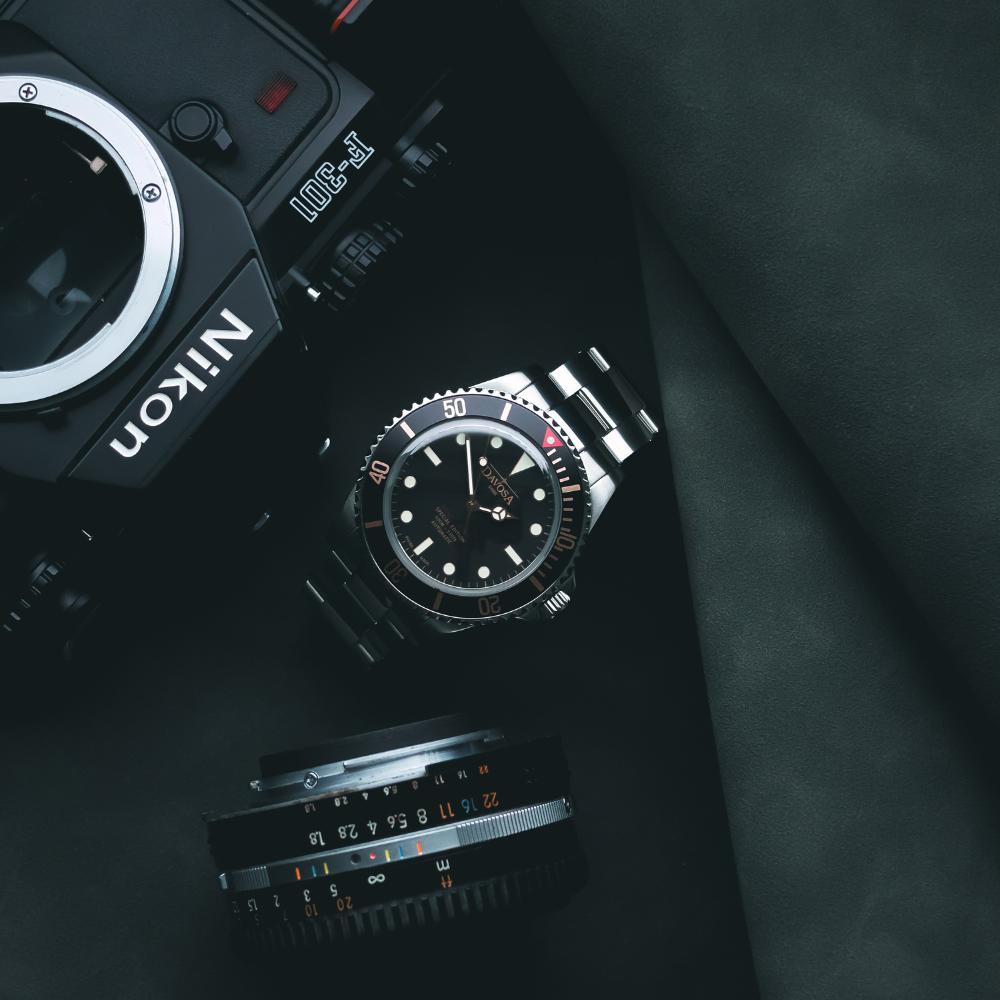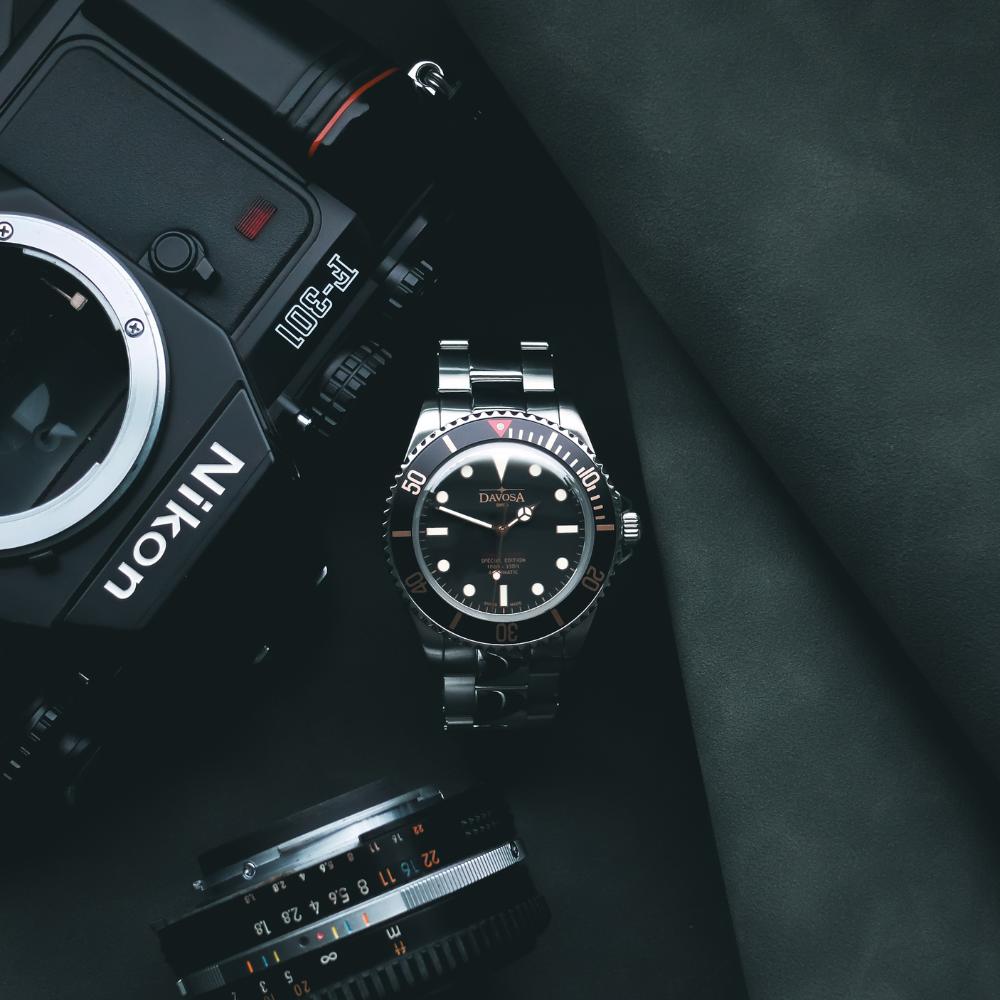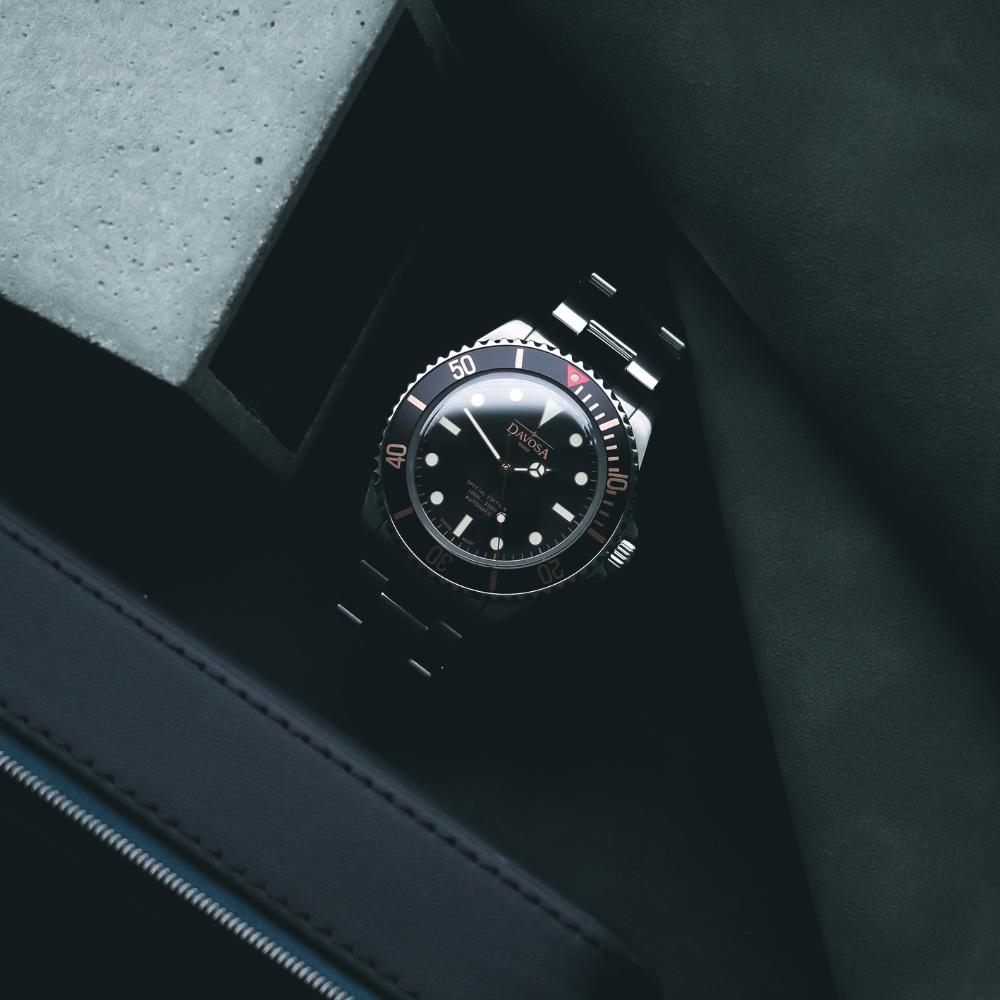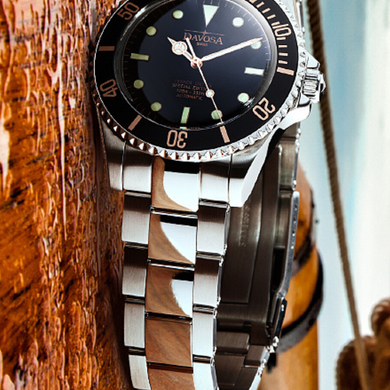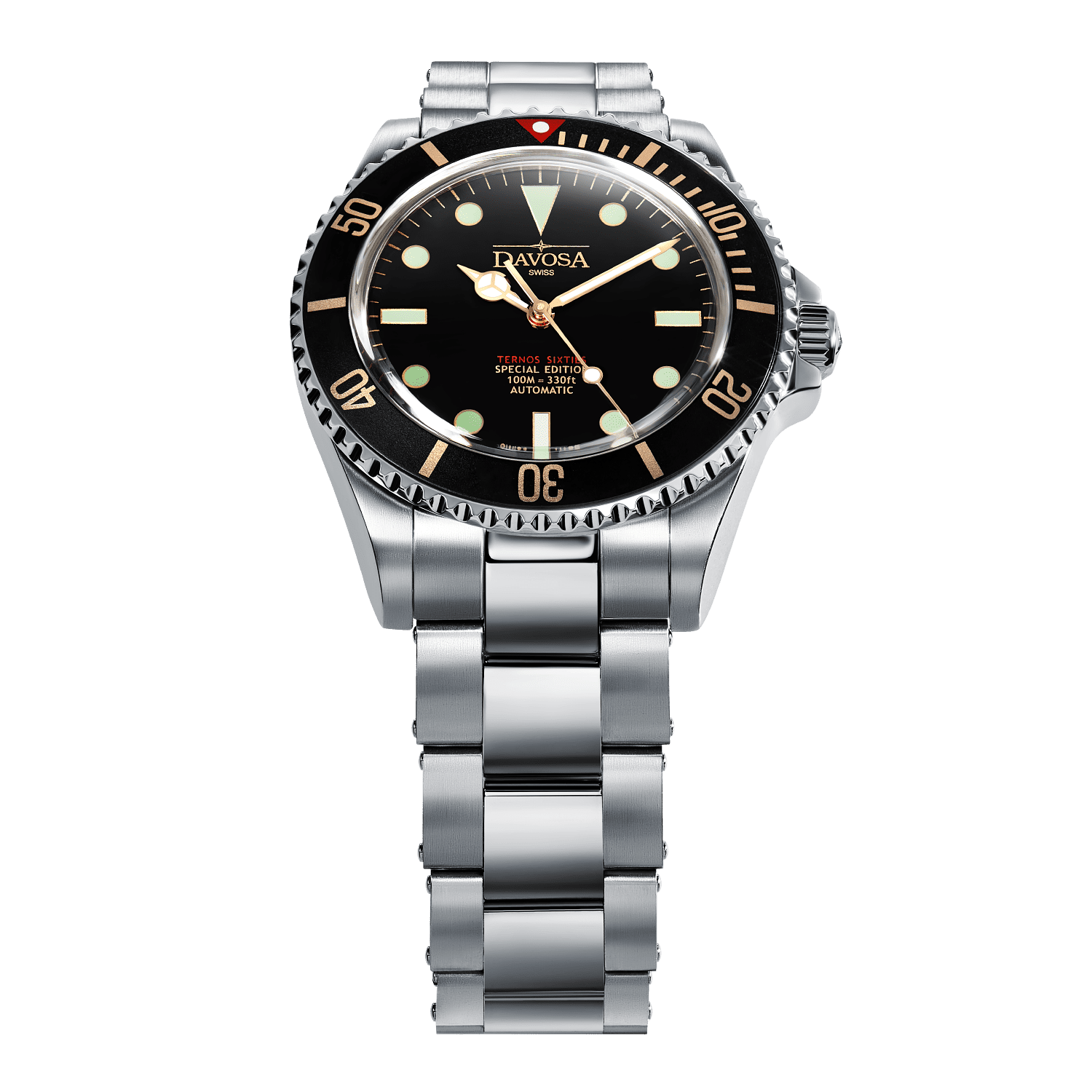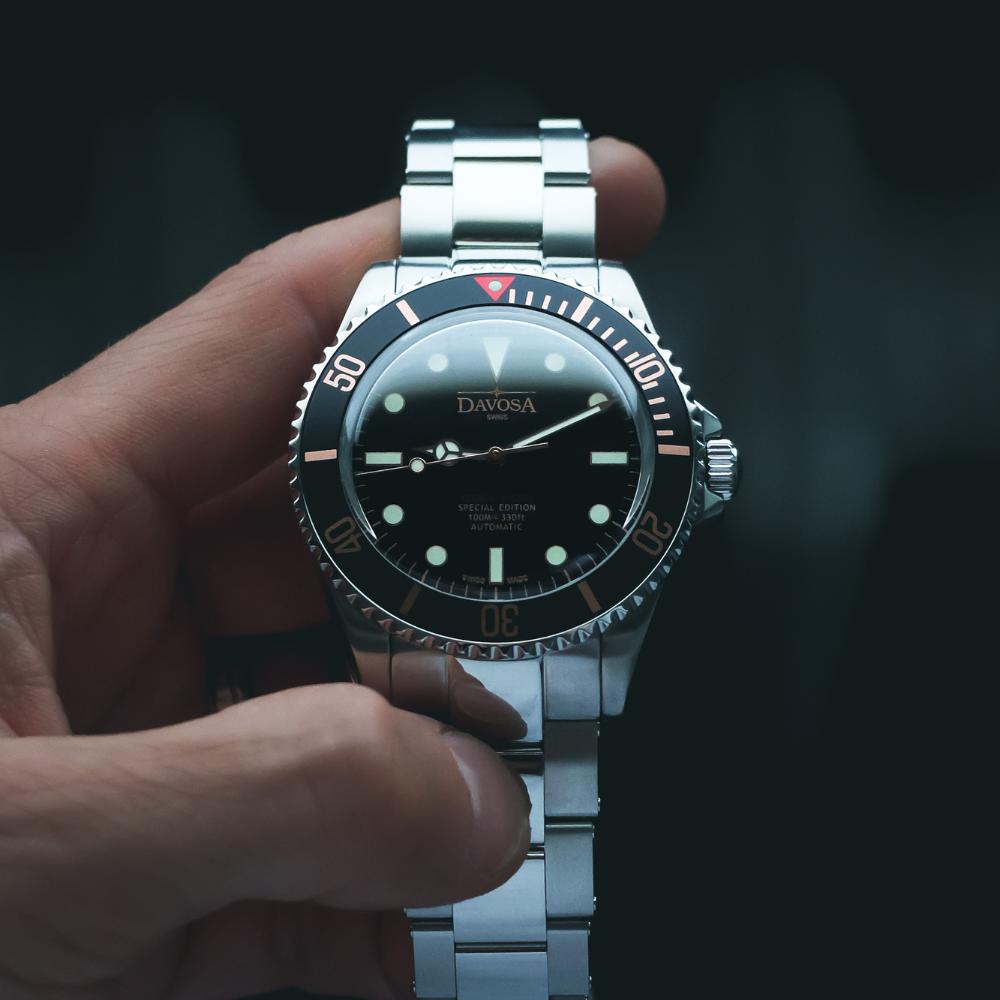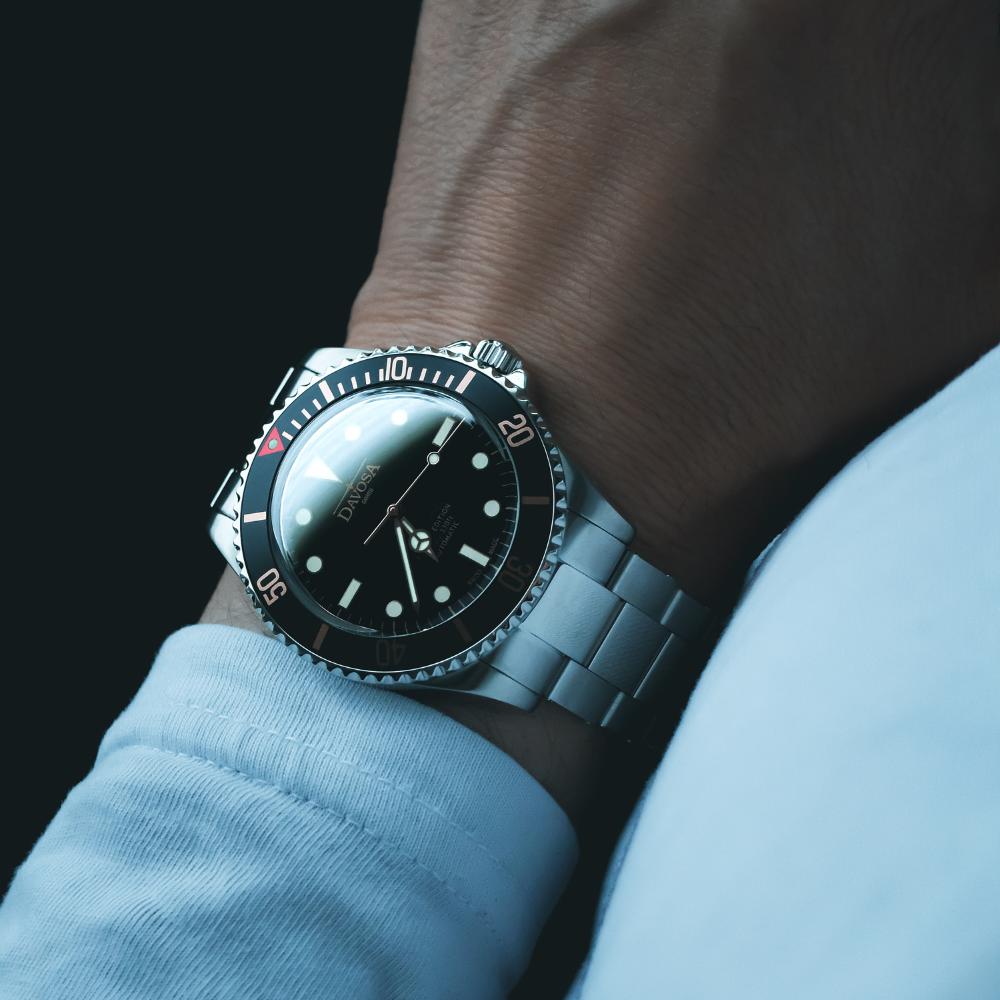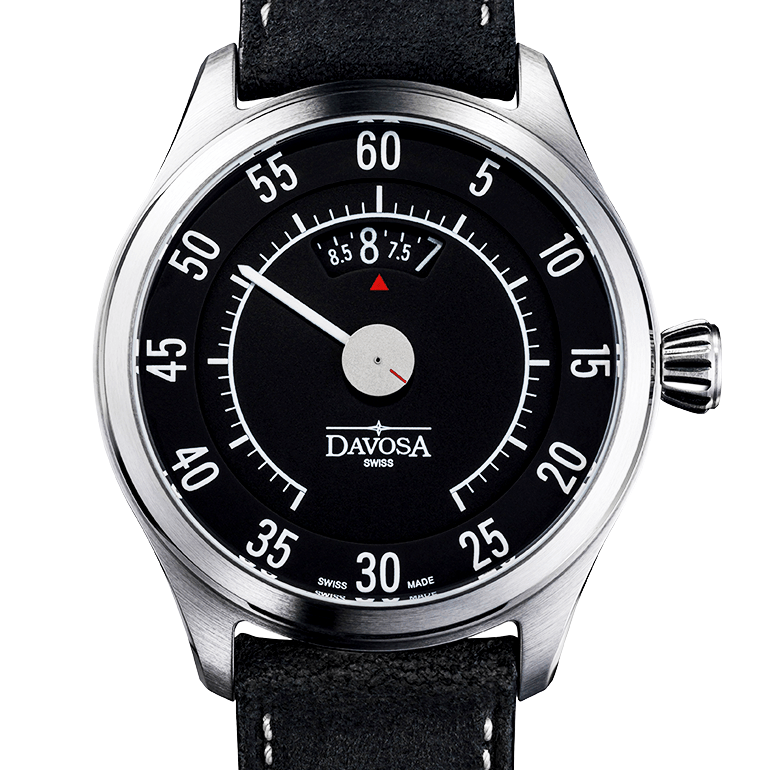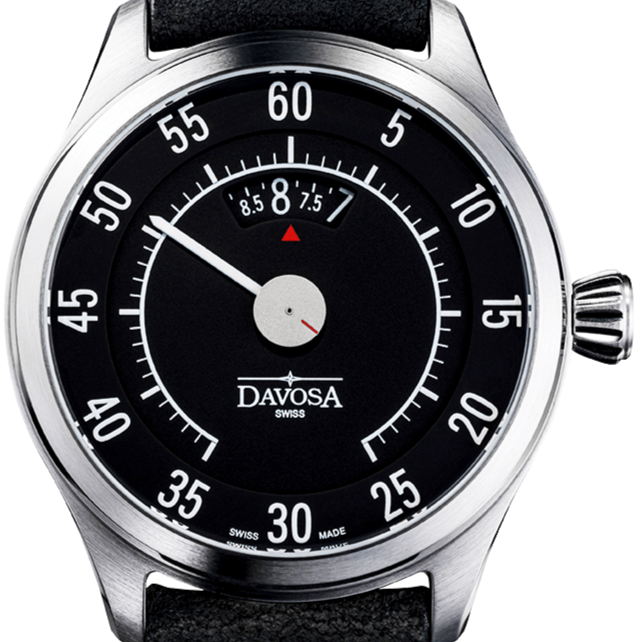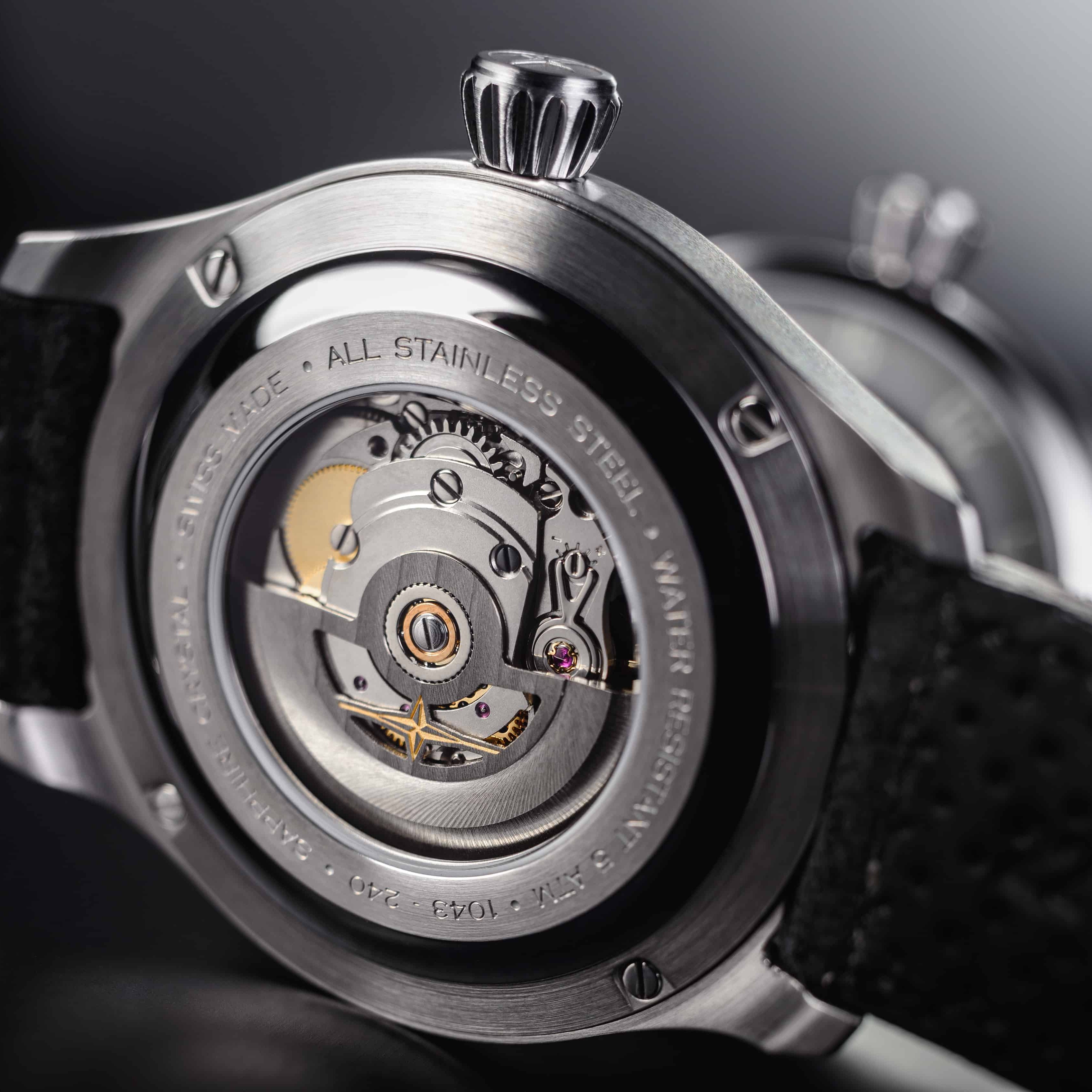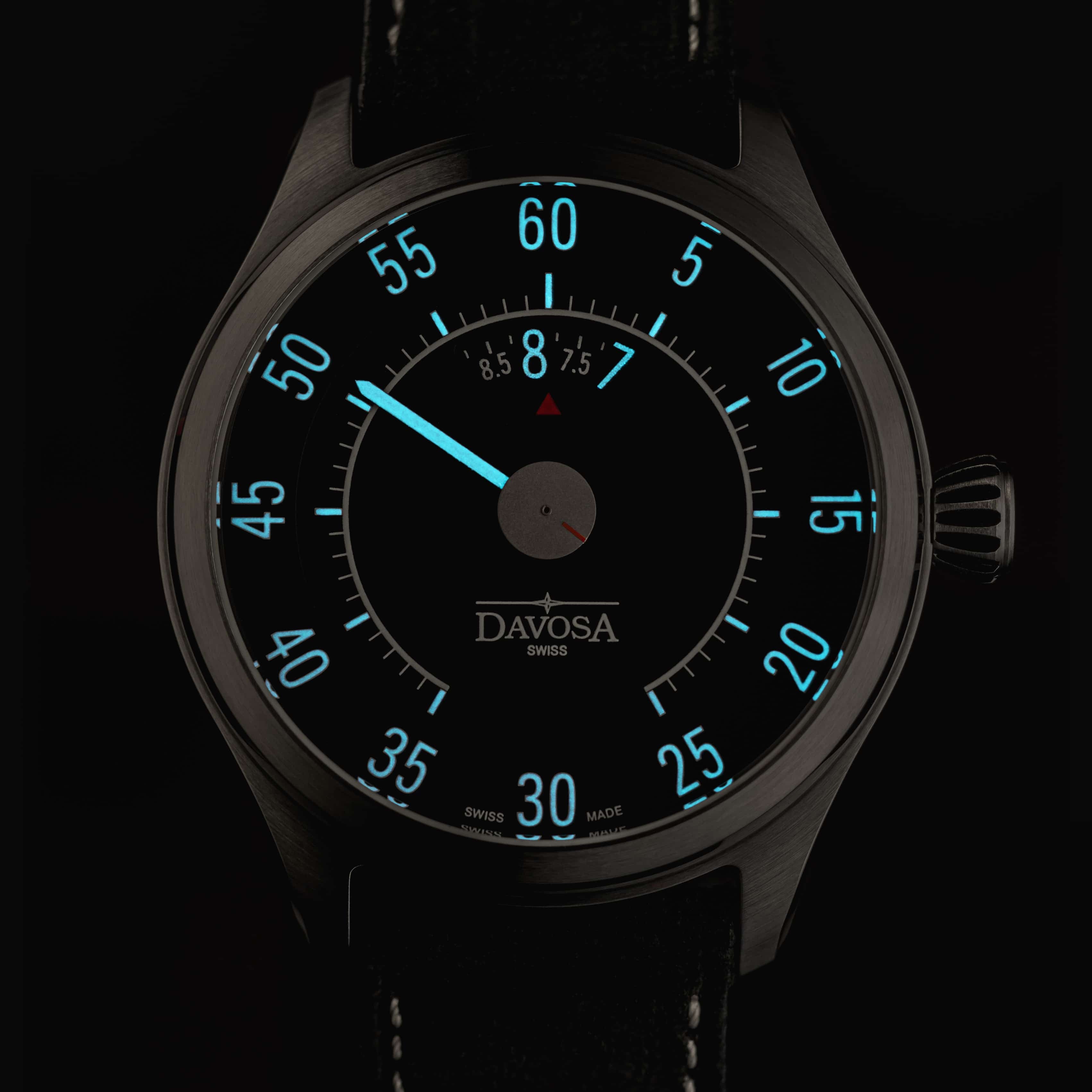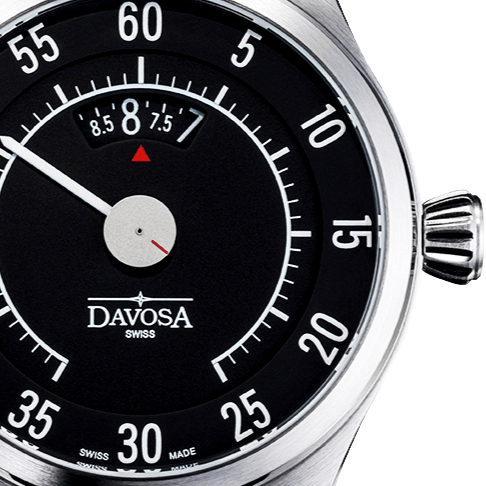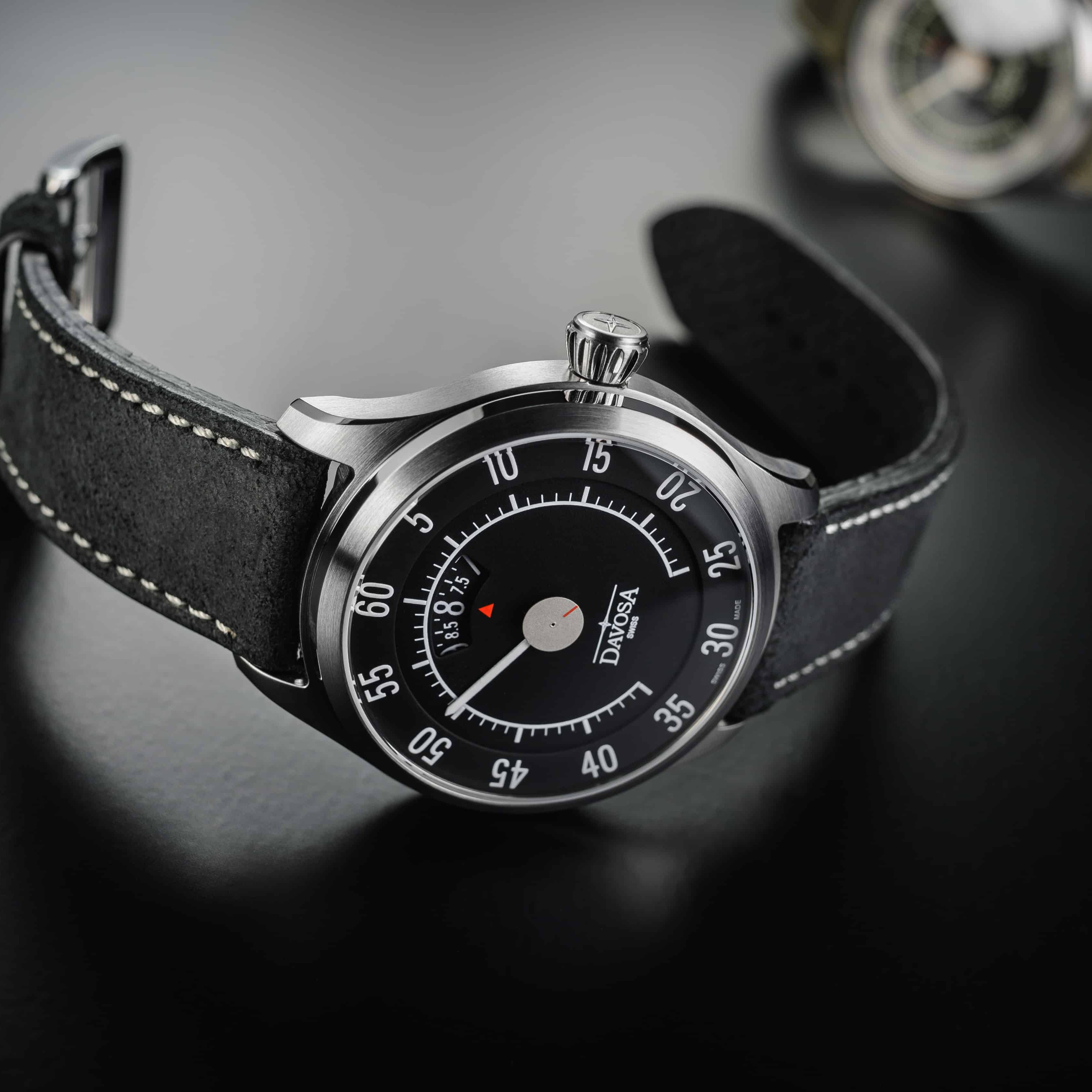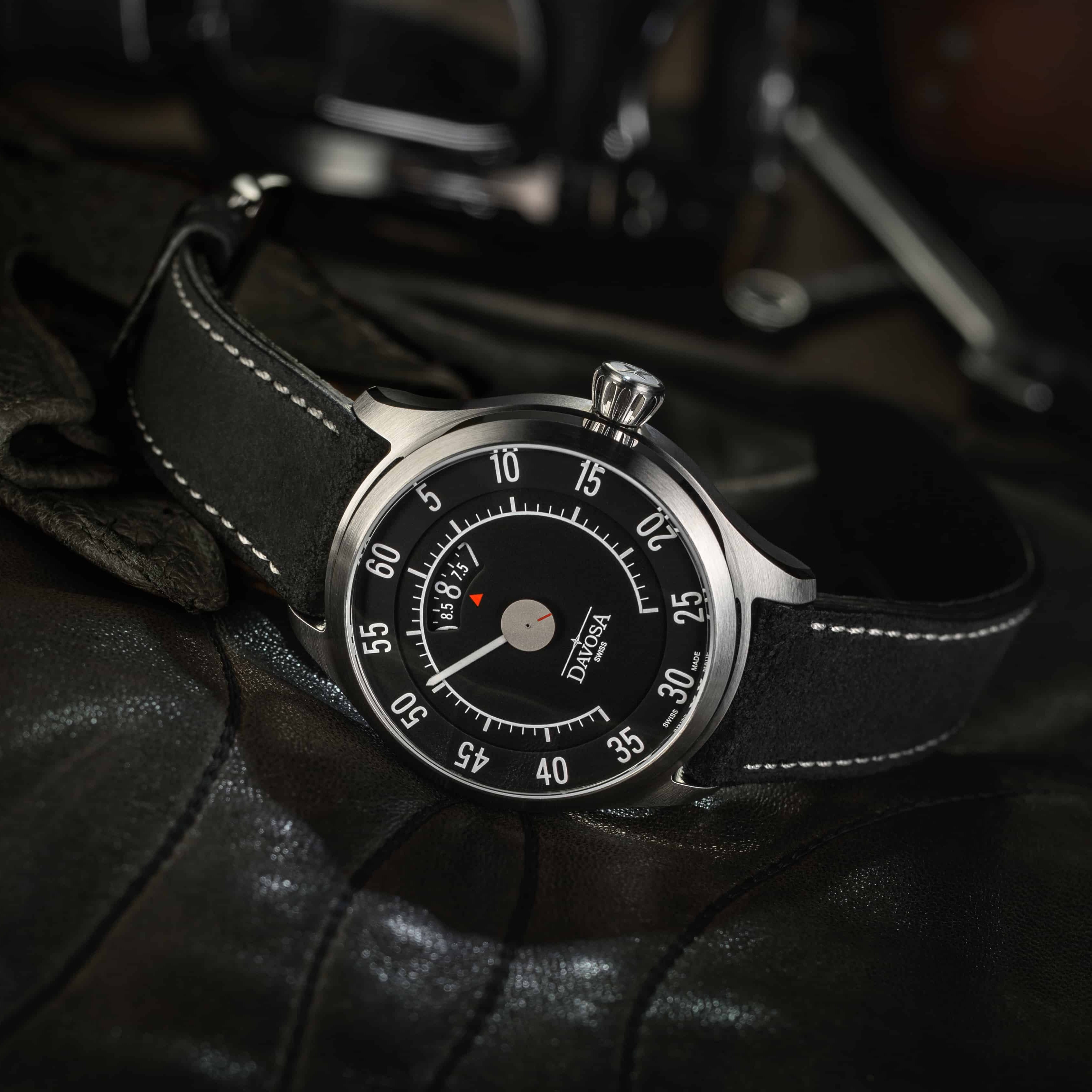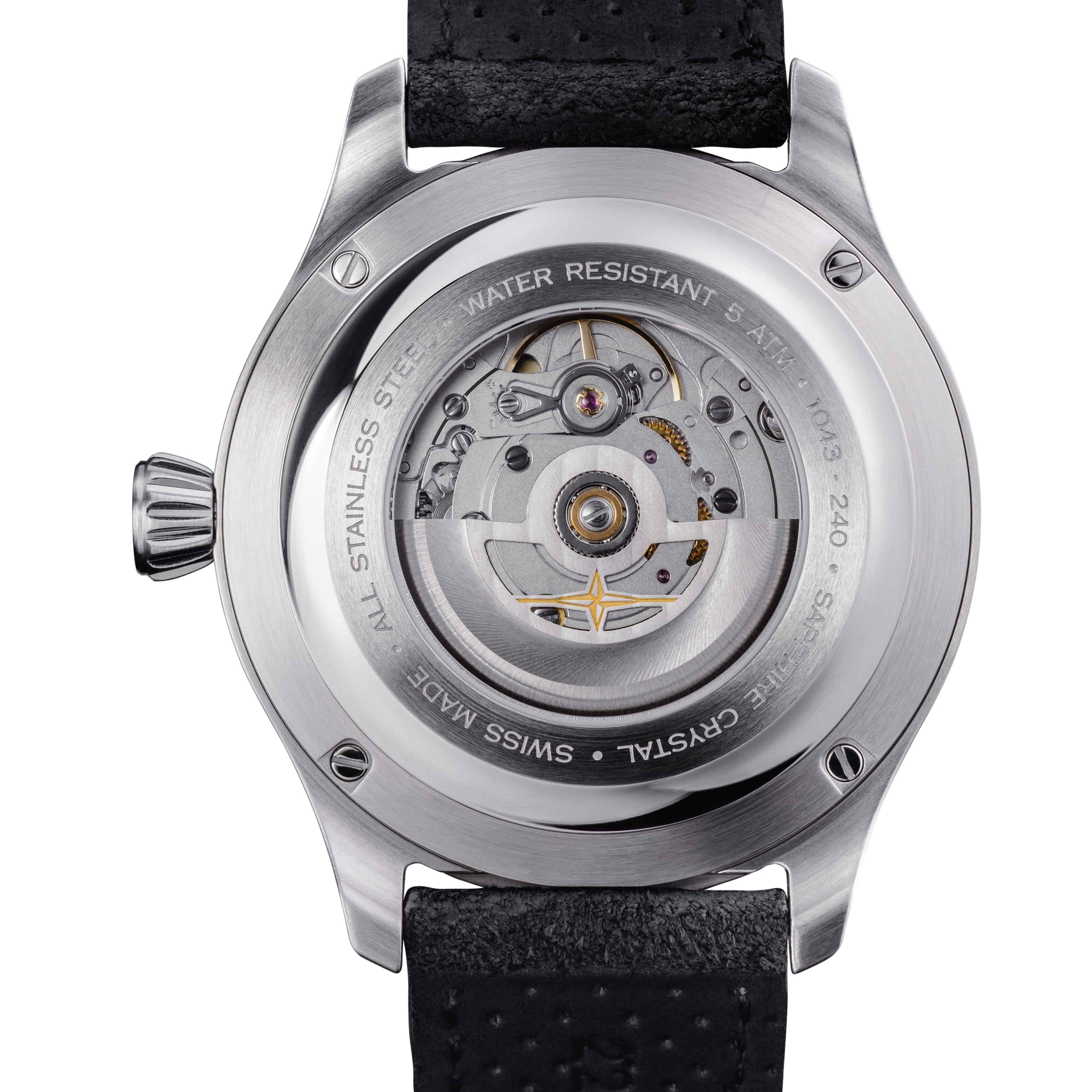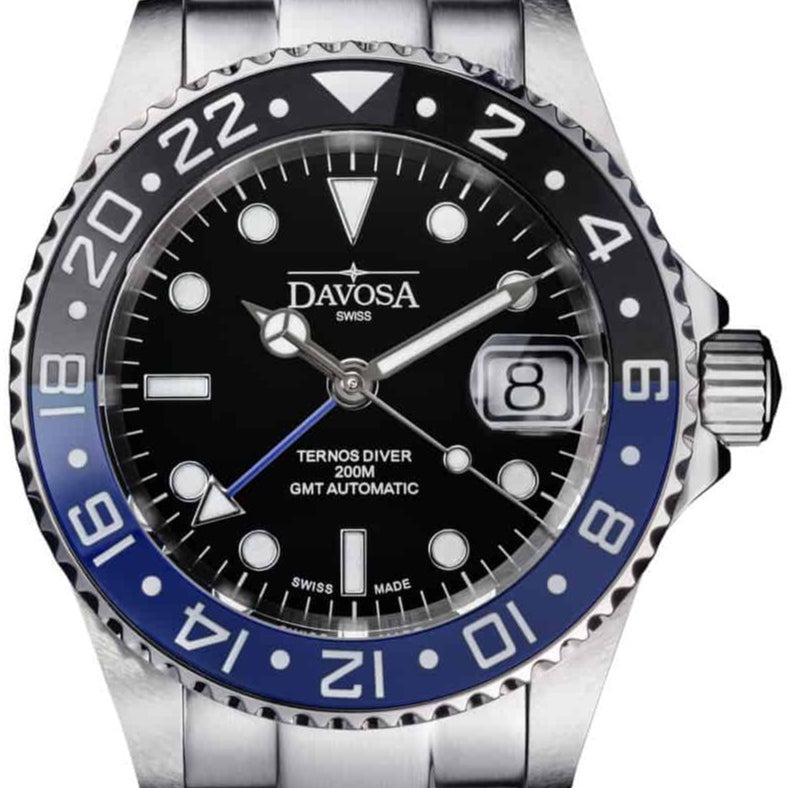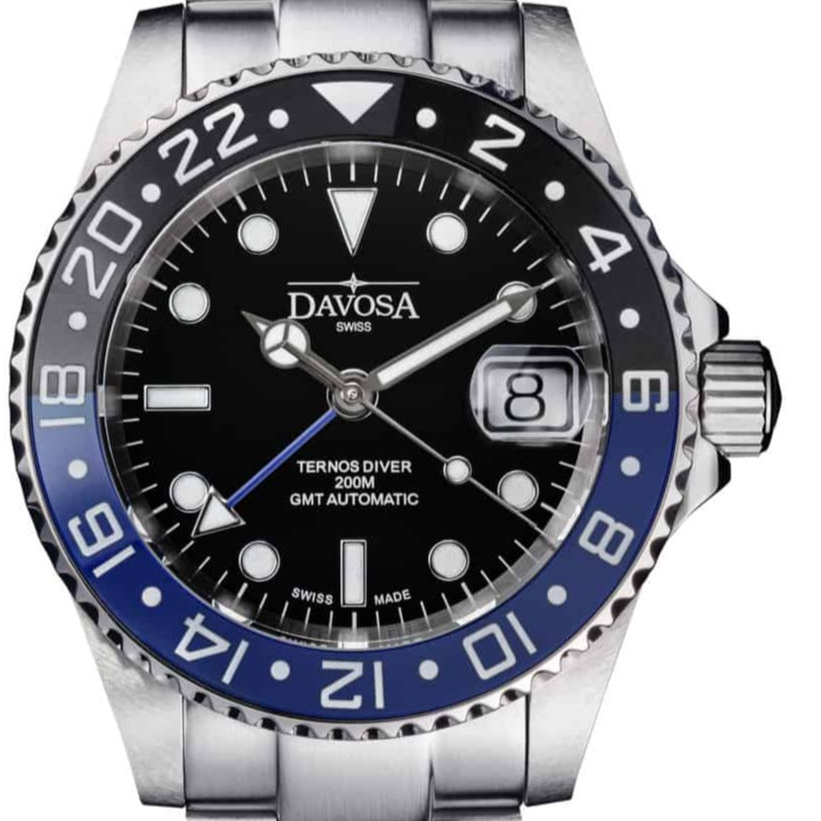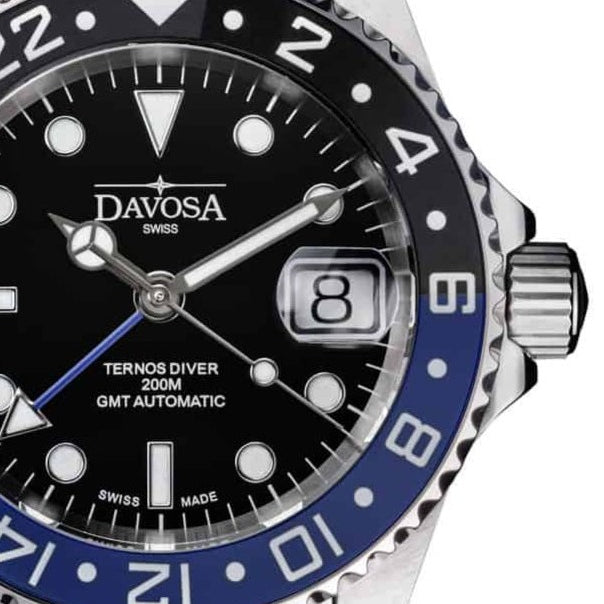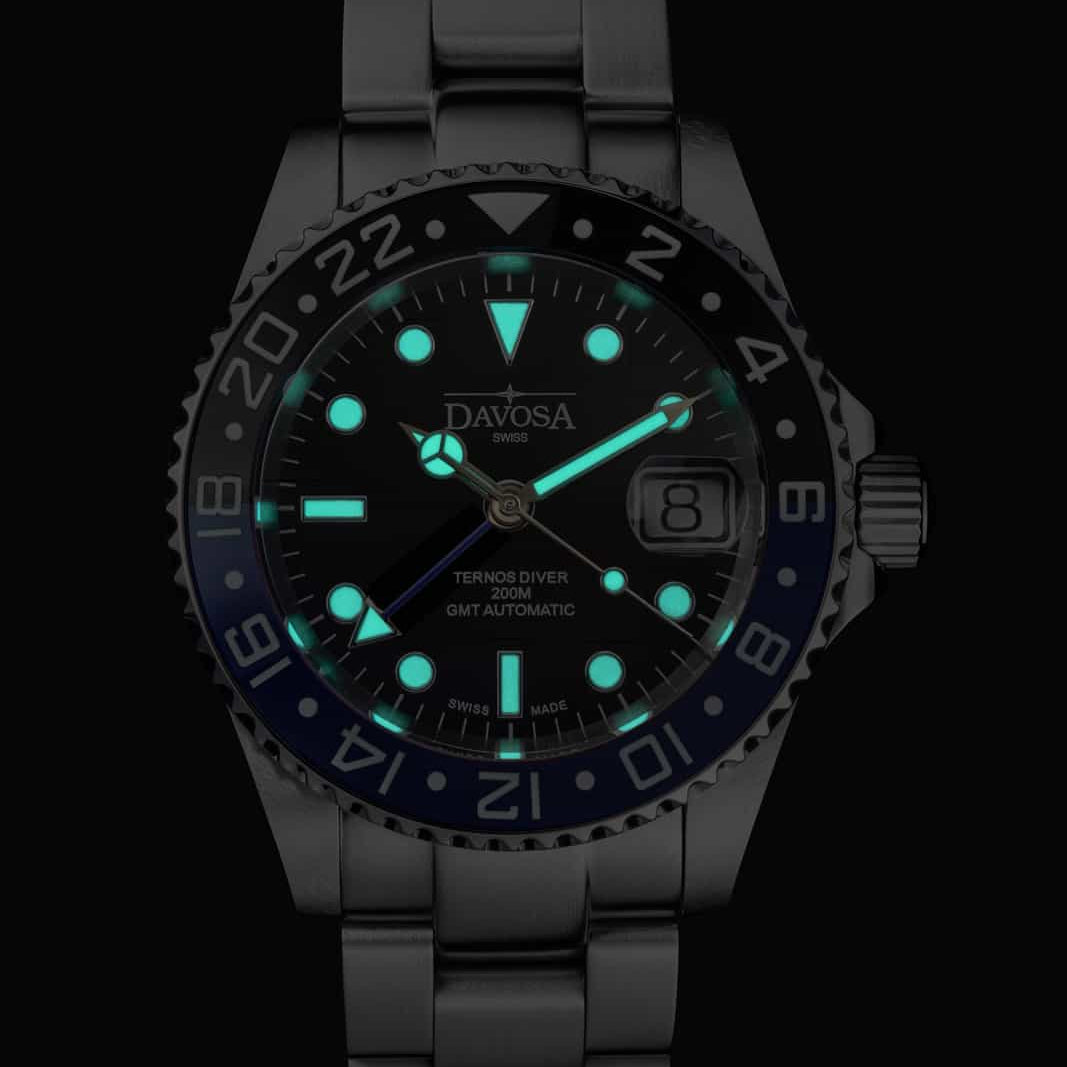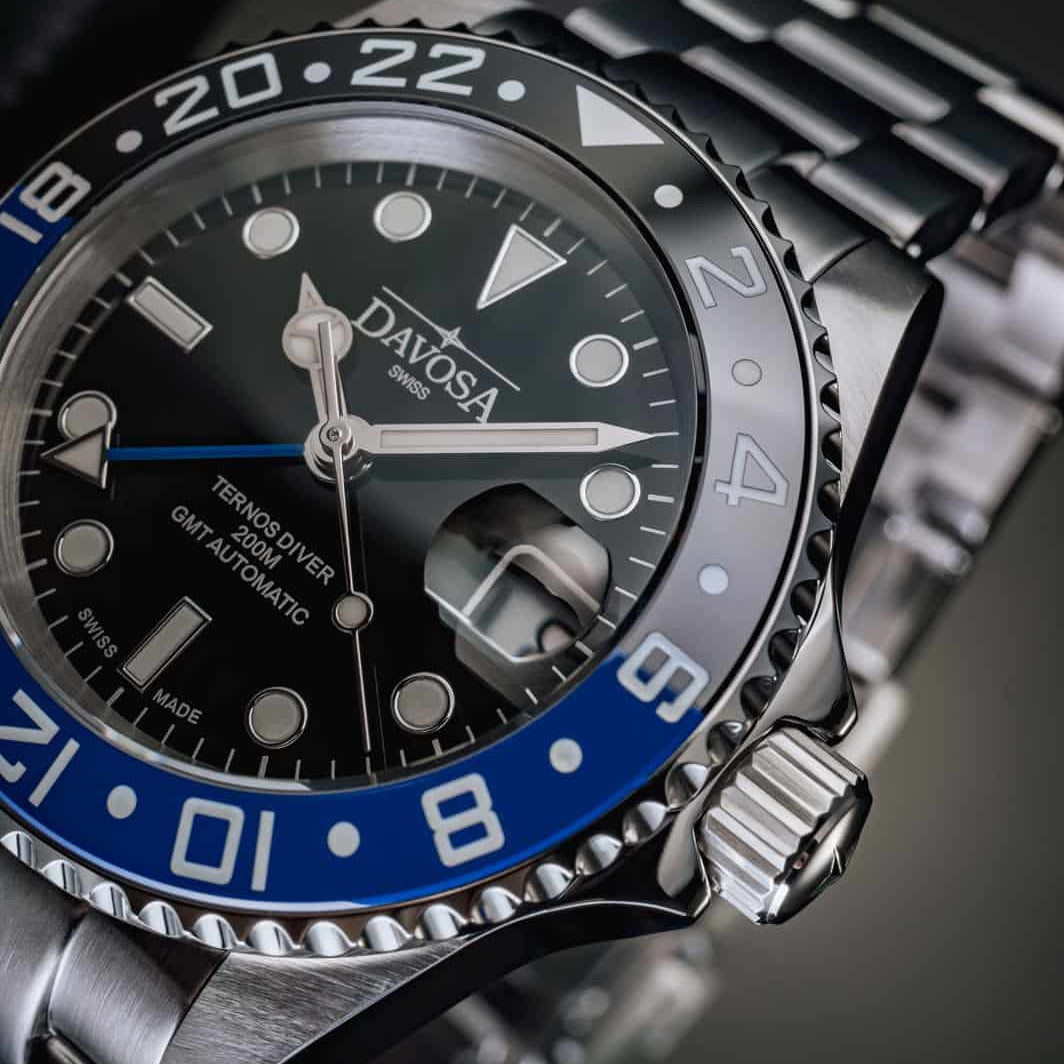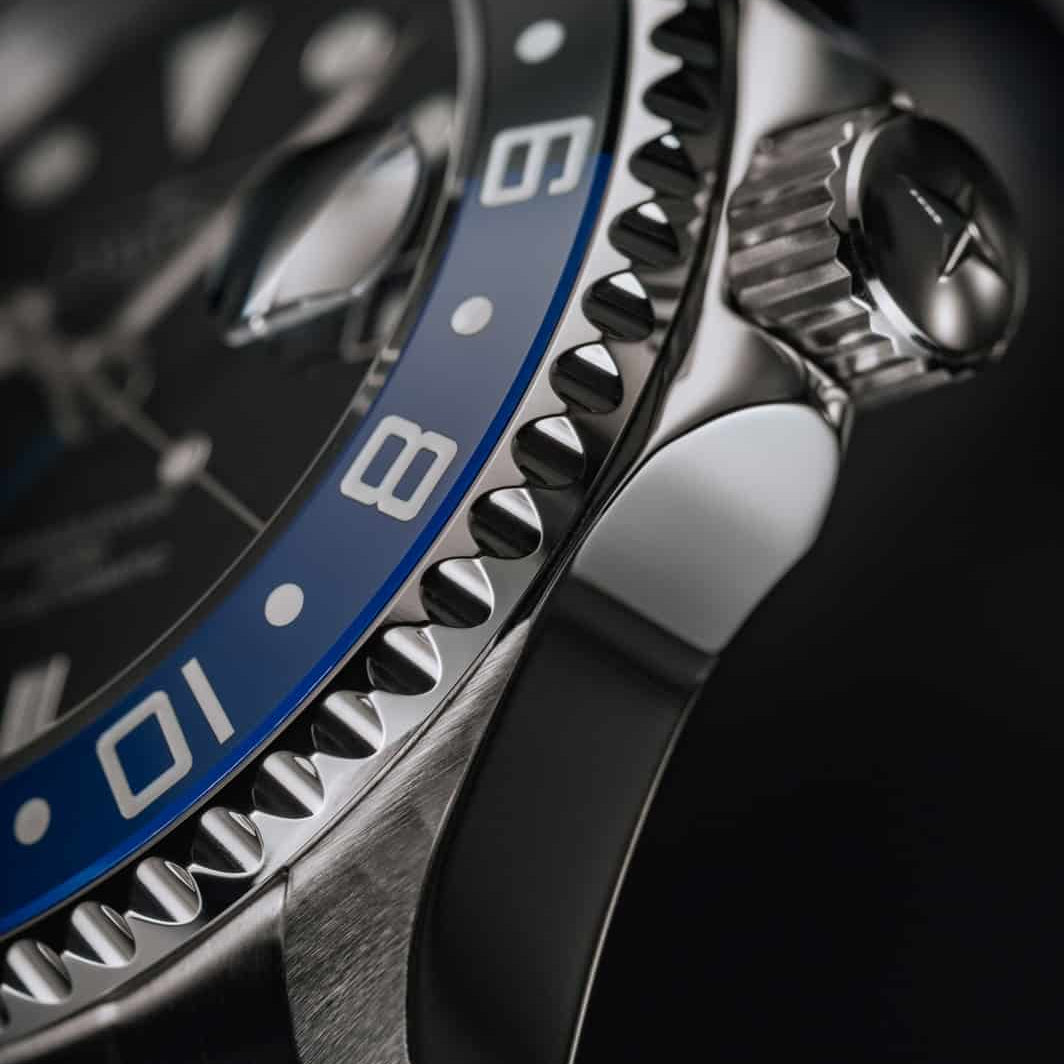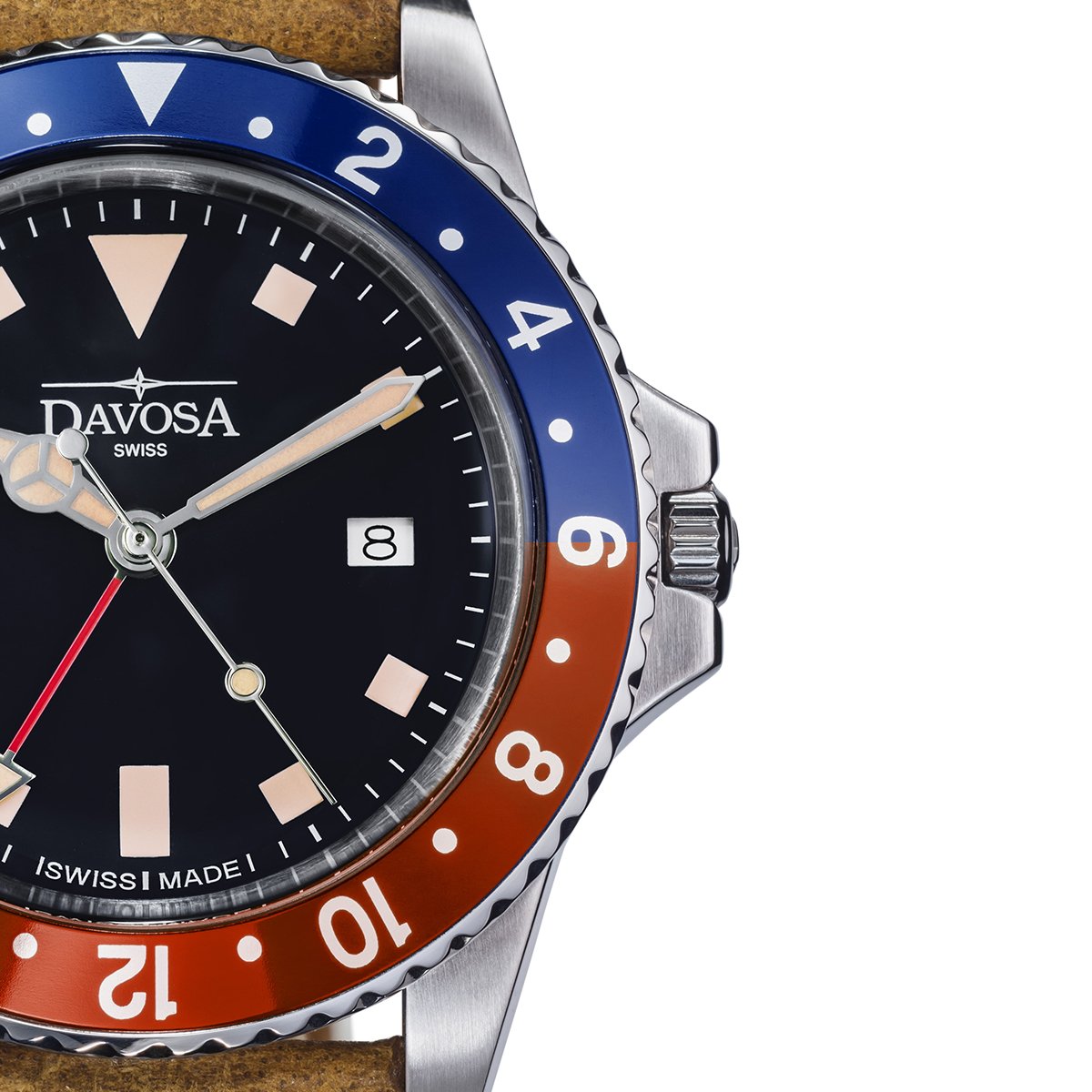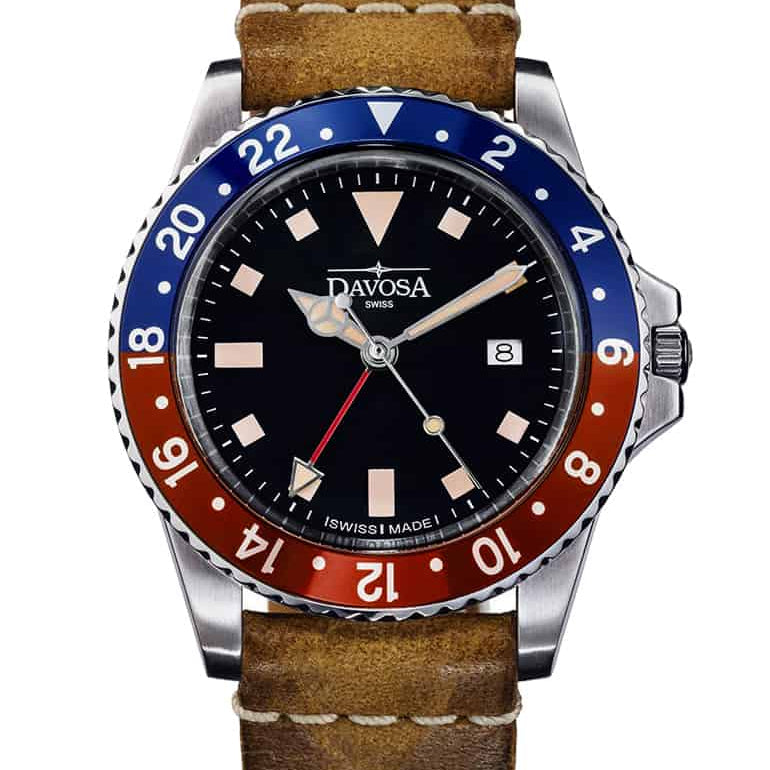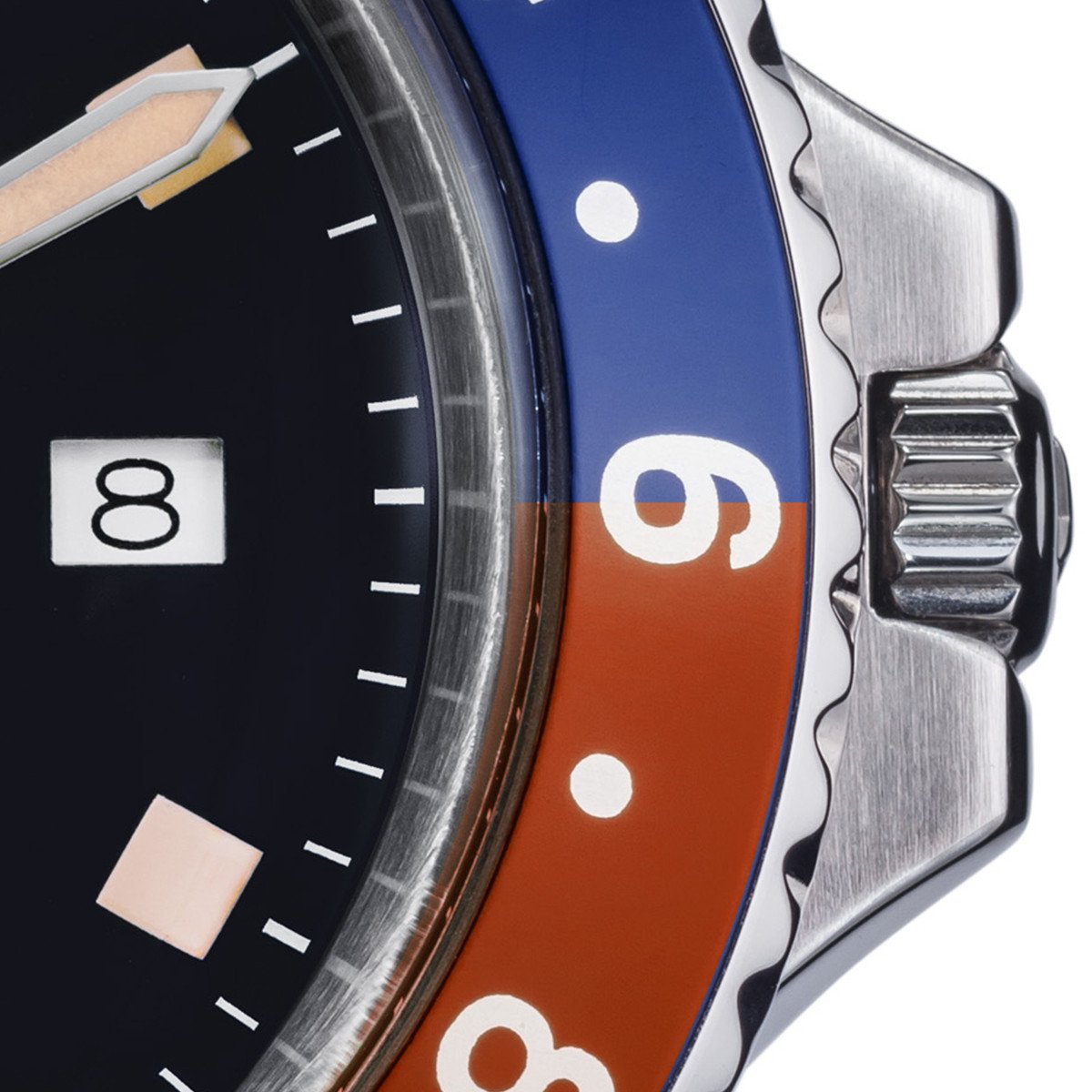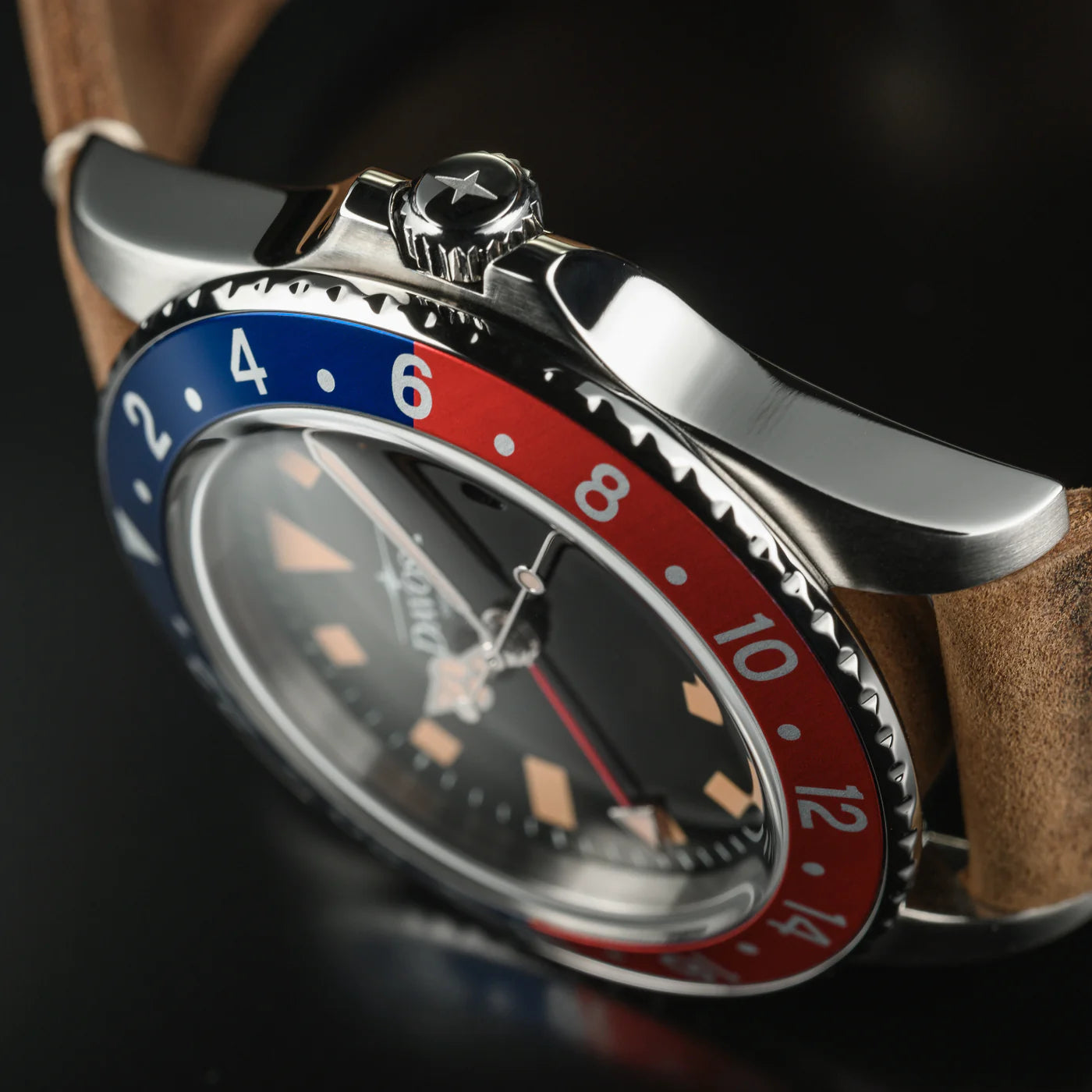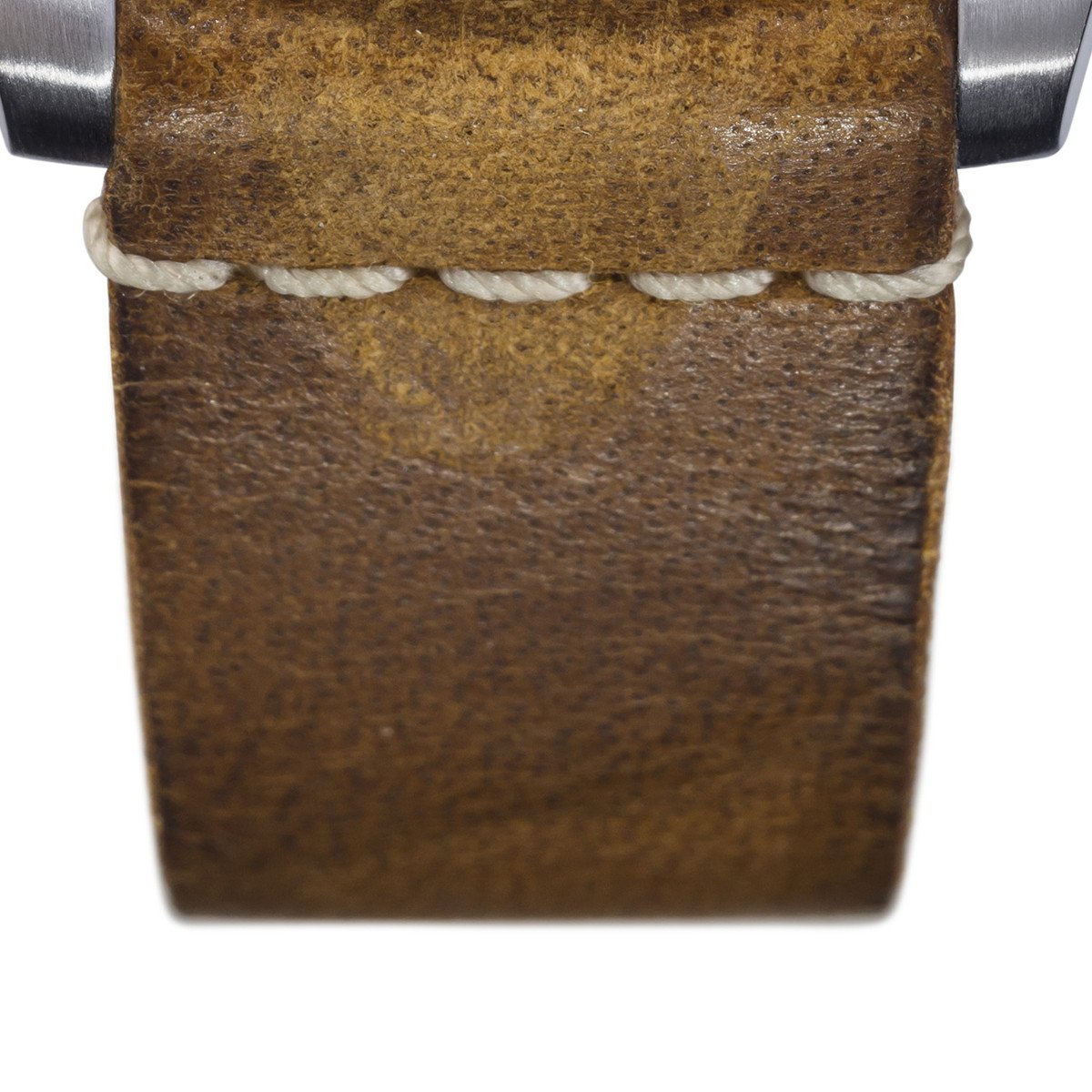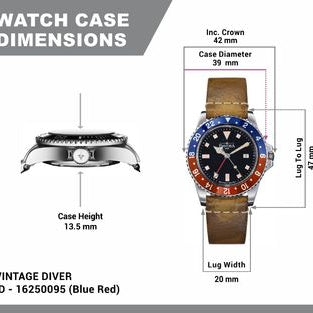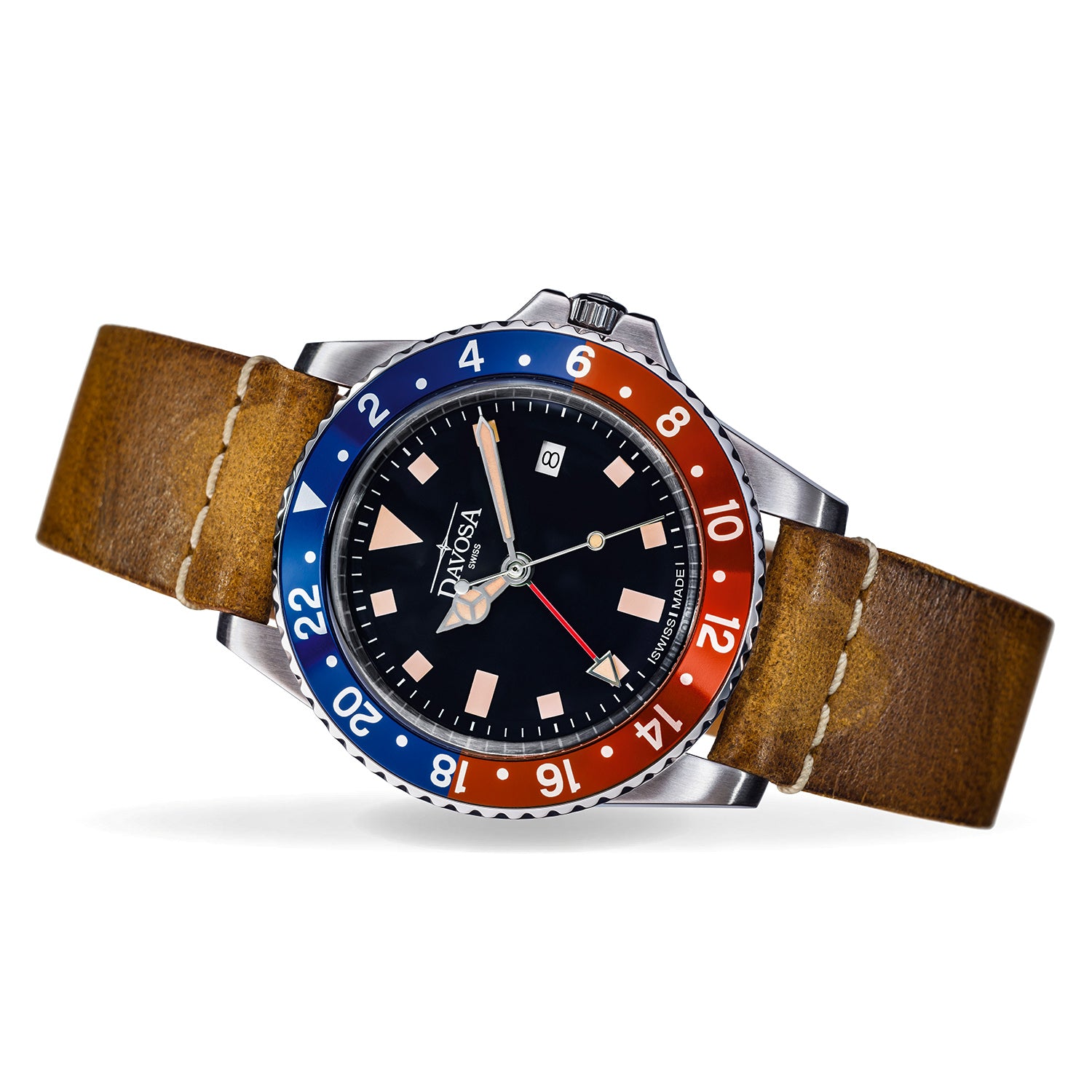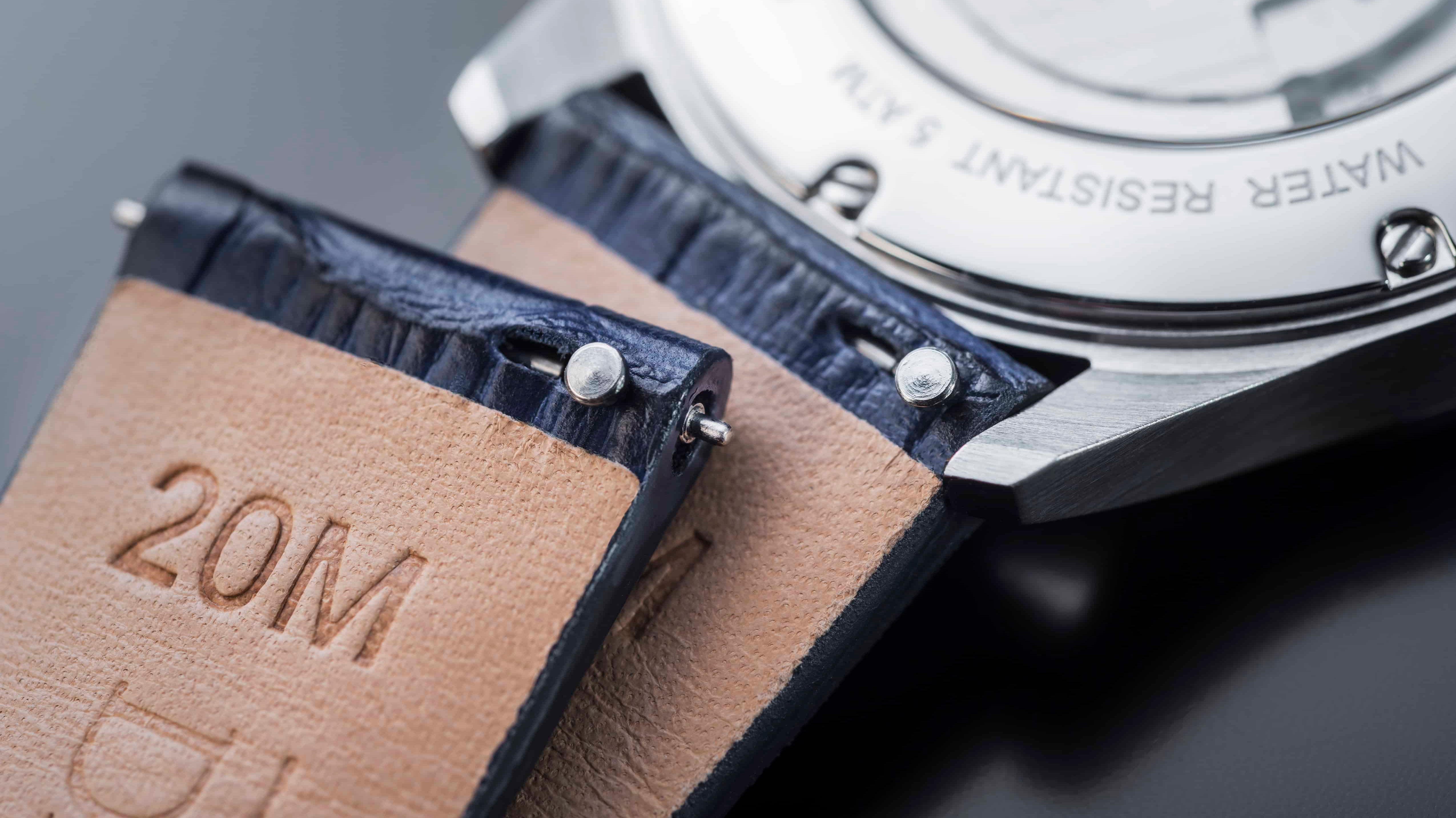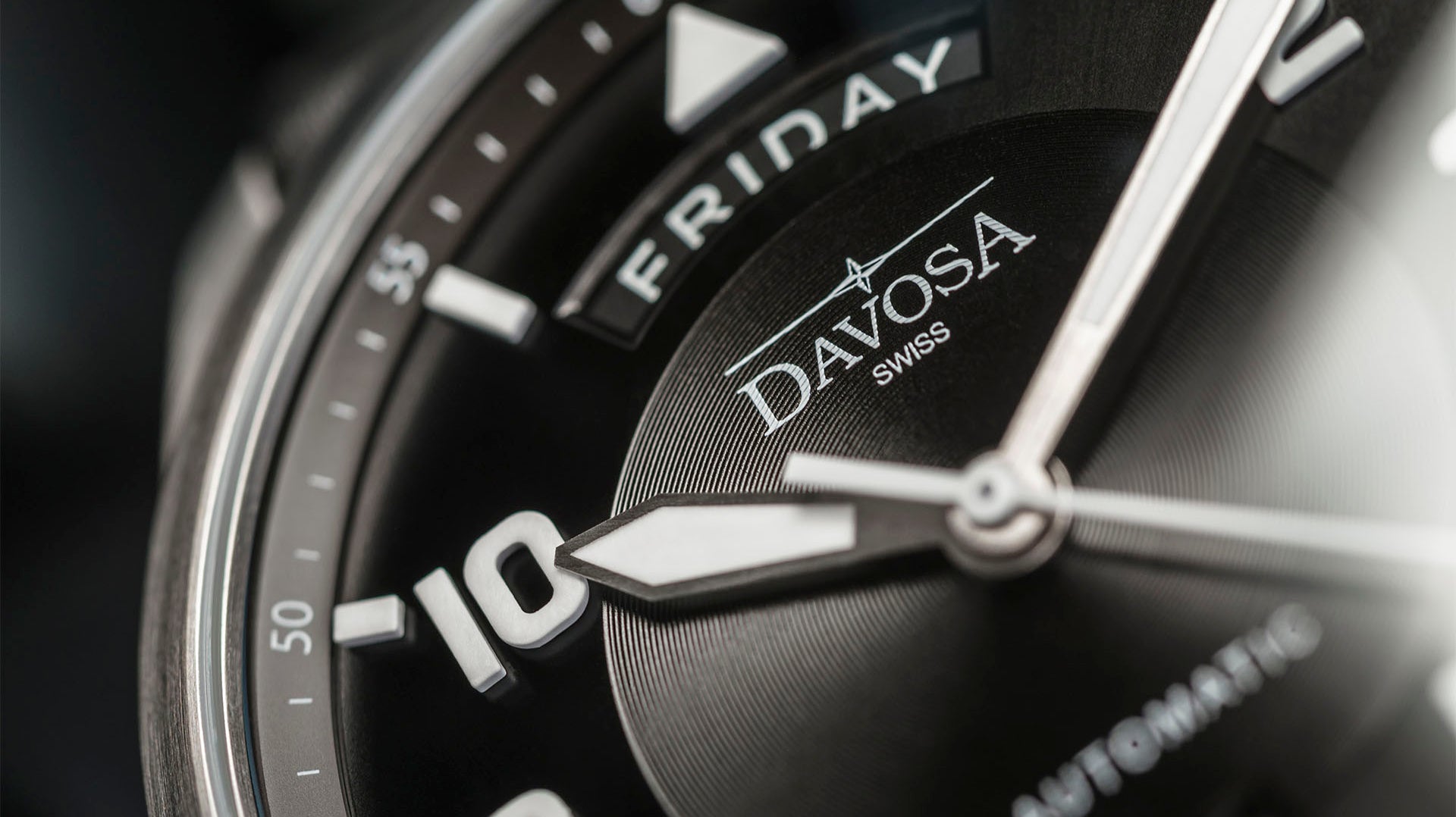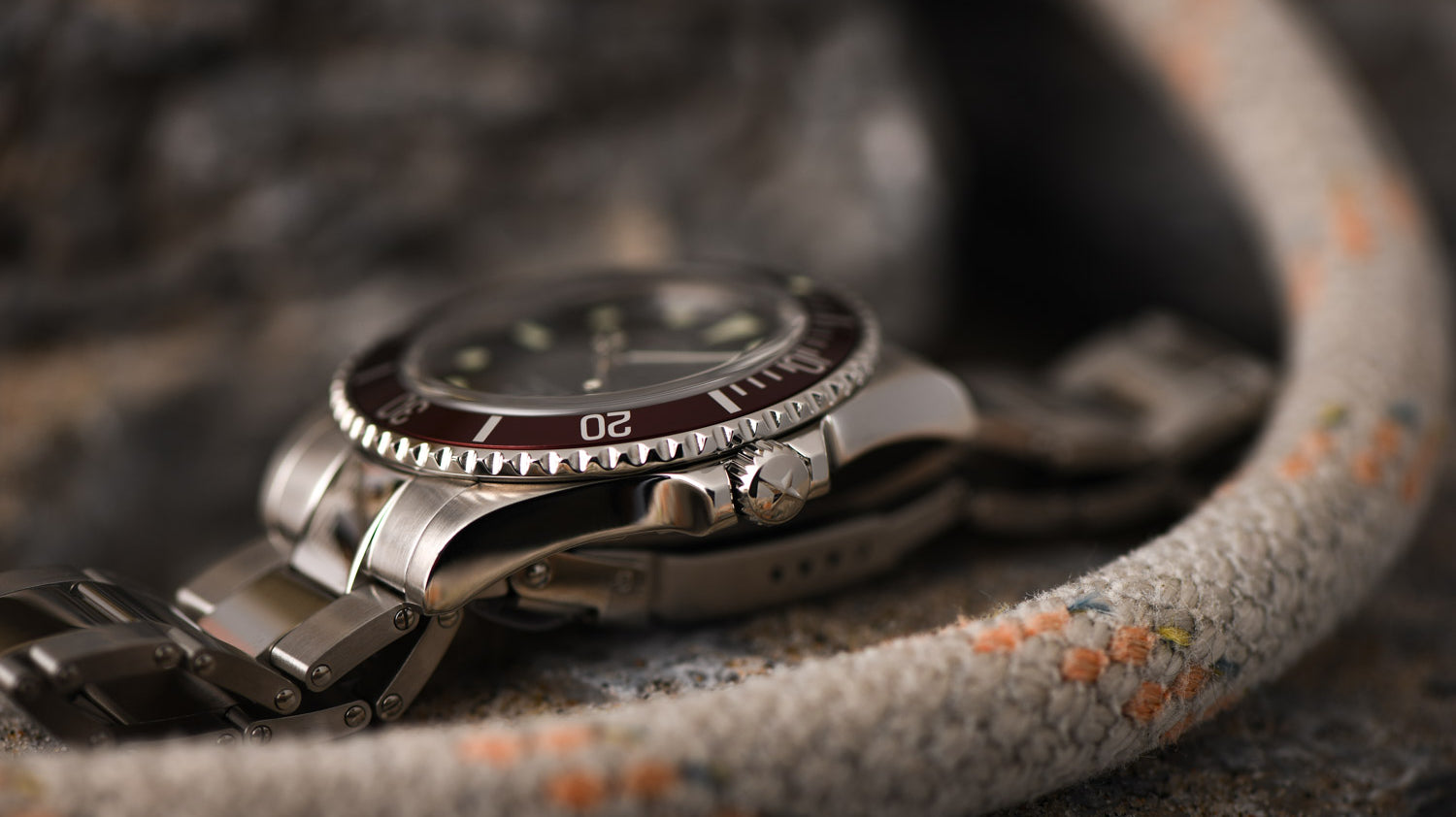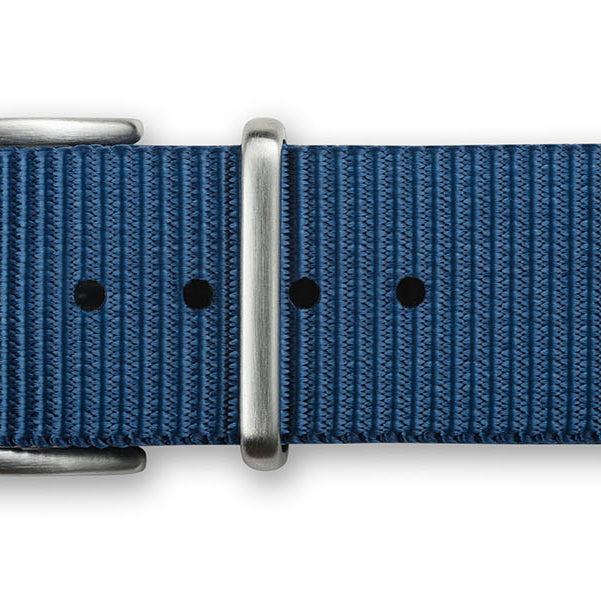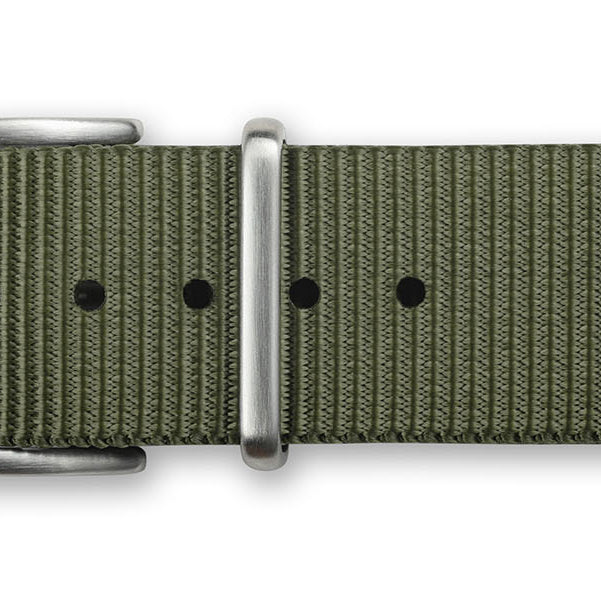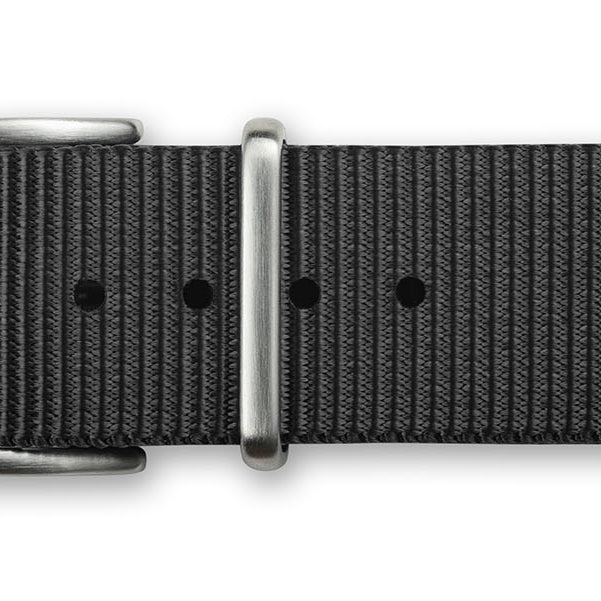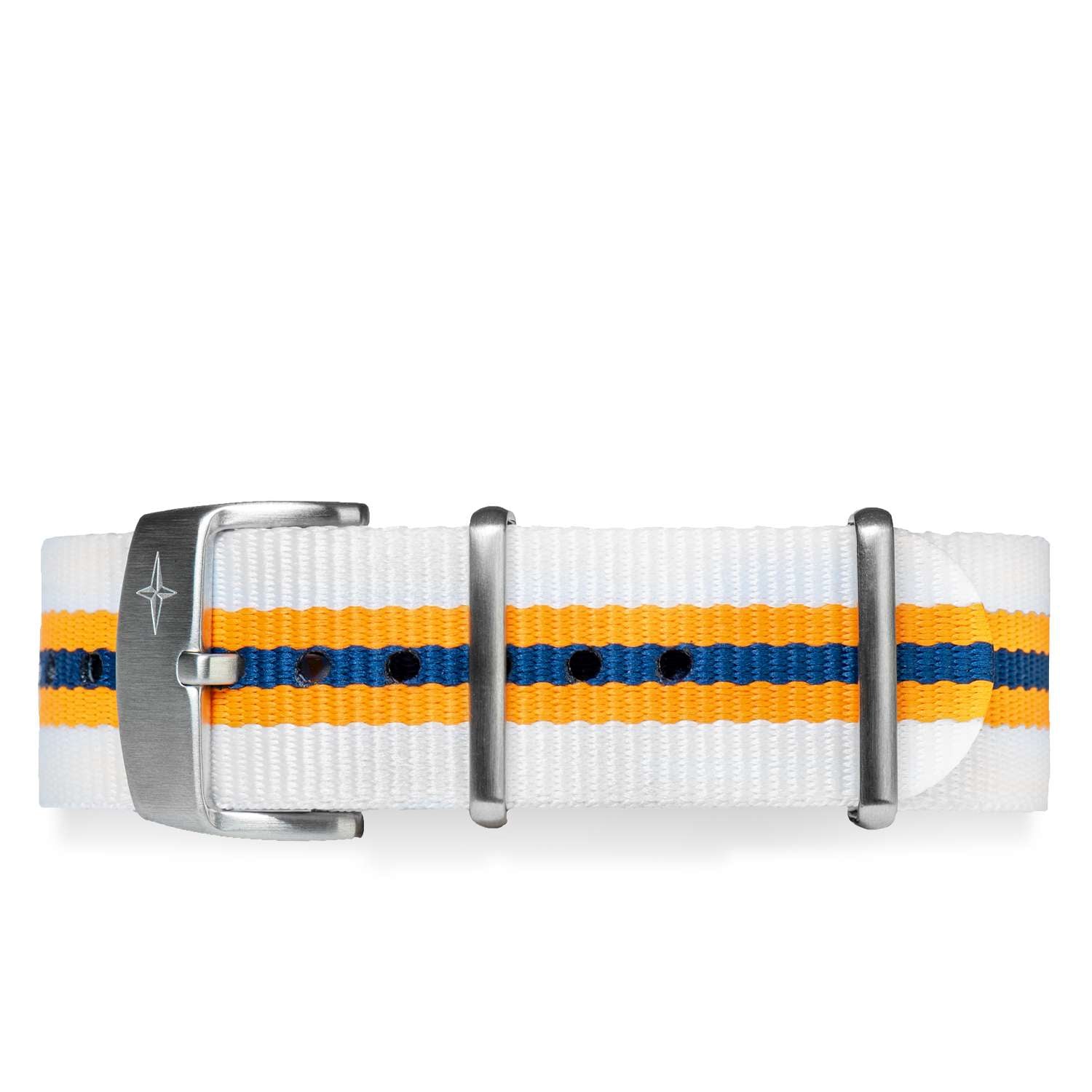Since their evolution, bezels have become crucial to watches because they have been able to provide different types of valuable indications for their wearers, which have simplified their lives by adding useful features to timepieces to measure many things - speeds, angles, distances - even heartbeats. So, are you ready to discover this very unique niche?
A bit of history
Where did the various types of bezels come from? The answer is from pocket watches and their lids. We often think that the evolution of pocket watches led them to have a glass that protected the dial: in fact, the opposite is true. The glass is only a recent addition to the elements used in watches: before their introduction, the dials mainly were open-face or protected by a lid, often spring-loaded, hinged on the case.
Watches with this total cover were called full hunters. And with time, someone thought to make a hole in the center of the cover to see the hands, despite the presence of the lid, originating the type of watches called half-hunter. The next step was to put indicators on the lid in correspondence of the hours to facilitate the reading of the hours. Thus was born, without knowing it, the first display bezel we are talking about now.
With time, the central hole became more extensive, the glass larger, and the function of the cover was reduced to become only support for the glass, which over time had become shaped. But the convenience of having other scales on the bezel remained - so much so that even today, the bezel continues to be used as a technical tool for watches.
Of course, very few people today still use watch bezels in their original function - but the presence of this functional element reminds us of the time when smartphones and computers did not exist, and everything - including the most complicated calculations - were performed by hand, with the help of mechanical tools.
Fixed and rotating bezels
Although the first bezels, by their very nature, were fixed, over time, they evolved to perform other functions in addition to those originally intended. Therefore, we find today two main types of bezels: fixed and rotating.
The first ones serve mainly to perform a support function for the watch glass - even if some provide informative data as they are, like measurement scales of different types. In contrast, the second ones are actually applied on a support mechanism but can be rotated in different positions to perform their characteristic function.
The various types of bezels
Since the creation of the functional bezel concept, the only limitation of its use has been that of human imagination. And as we'll see, it has influenced the design of specialized bezels to perform certain specific functions, integrating the ones offered by watch movements.
We will examine them below to realize, beyond the creation of a simple list, the countless flexibility of these mechanical tools known as watches. Therefore, we will start with the most common ones and proceed to examine the more curious and rare ones.
The diver bezel
The bezel of diving watches - such as the one installed in the Rolex Submariner - was created as an indicator of the reserve of air still available in the tanks and showed the maximum limit to begin the ascent, considering the decompression stops. Some of these bezels display decompression scales (but we strongly discourage any modern diver from using them routinely).
Diver bezels are rotating, and very often, in one direction only, so that if they inadvertently turn, this will not affect the diver's safety (by showing more air available than actually available). Some have, to avoid this inconvenience, locking mechanisms; for this same reason, some of these bezels have been mounted in an internal bezel, which can only be operated through an external crown.
Although the shapes and markings on the bezel vary from model to model, the typical diver's watch bezel has a scale with minute indicators, and its features must comply with the ISO 6425 directive that establishes the characteristics of a diver's watch.

The GMT bezel
The fascination of tracking time in several time zones is not new. But for a long time, dual-time watches had to use two separate mechanisms to track the time. Still, watch evolution finally brought us an innovative way to power two different hour hands using the same movement, which permitted us to create the first GMT watches.
The GMT bezel, also belonging to the rotating group, is designed to display a different time zone from the main hour hand of the watch. The typical GMT watches bezel shows a 24-hour scale and is used as a reference for the GMT hand of the timepiece.
In this way, we can set the hour hand on local time and the GMT hand on the other time zone chosen, knowing at a glance the hour and if it is during the day or the night. This type of bezel was highly convenient for travelers, pilots, and those who had to deal with two different time zones for work. One of the most famous GMT watches, the Rolex GMT Master, has such a bezel and was created specifically in 1954 for the needs of pilots of Pan-Am, an American airline.

The tachymetric Bezel
The tachymeter bezel, which unlike the bezels illustrated above, is fixed, was initially a scale displayed on the dial inside the first chronographs. But this interfered with readability, especially when the discipline of motor racing developed, to which this particular type of function was dedicated. So, to improve readability, the tachymeter scale was enlarged and placed on the bezel, so becoming easier to consult. The typical watch that mounts this kind of bezel is the Omega Speedmaster.
The tachymeter scale allows those who find themselves measuring the speed of a vehicle moving over a known distance - typically one kilometer - to time the start of the car and its subsequent passage through the same point to check the average speed held. Of course, if the distance measured is not one kilometer, we need to make proportions (and exercise our computational skills).

The navigation bezel
Some particular bezels had a slide rule function and, therefore, were valuable in helping quickly perform complex calculations - for example, navigators used them to work out the route, thus allowing pilots to perform long-distance voyages by instrument flight and maps.
One of the first watches of this type was built in 1931 by Longines, collaborating with Lindbergh, the first pilot to fly solo over the Atlantic. Known as the Lindbergh Hour Angle Watch, it was called "the hour angle watch" because the most crucial part of determining longitude, namely the Greenwich hour angle, could be read directly from the watch.
Other companies then developed this same concept, creating navigational watches (also called pilot watches because they were mainly used by airplane pilots) that performed the same function. Among the most famous ones were Breitling and Citizen. An interesting note: even though no one nowadays uses them anymore, for this reason, flight schools still teach how to make calculations to plot the course with the help of a watch.
The pilot bezel
The first actual pilot's bezel - originally mounted on the tool watches of the early Fliegers assigned to fighter pilots - was a simple rotating bezel with a single indicator mounted at twelve o'clock, usually showing a very conspicuous triangle.
This indicator was set to indicate a time when the pilot needed to abort the mission and return to base, as his fuel range was limited, and he had reached his maximum operational range. As aircraft instruments evolved, this indicator, as well as others, quickly became a relic.

The pulsometric and spirometric bezel
Some particular watches carried scales used by certain professionals such as doctors to compute body parameters such as heartbeat or respiration.
This function is very similar to that of the tachymeter: to measure the number of events that occurred in a specific period of time.
The compass bezel
Some adventure watches are equipped with a specific compass bezel - although any rotating bezel can be used for this function, even without specific indication. Basically, by holding a watch horizontally and pointing the hour hand toward the sun, the point between the hand and the 12 o'clock index represents south (if you're in the northern hemisphere of the world).
This becomes easier with compass bezel watches: rotate the bezel until the south indication is halfway between the hour hand and the 12 o'clock marker. Then you can read the cardinal points.
The functional bezel
Sometimes, the bezel does not display anything, but is used to program or regulate other functions of a watch. And while this is a pretty exotic way of using a bezel, it is not avant-garde at all. One of the first timepieces using the bezel to regulate the hours was the Harwood watch, the first modern automatic wristwatch launched around 1928 by John Harwood. It had no crown, so you used the bezel to regulate the hands.
A similar concept is used today by some modern watches from Rolex, namely the Skydweller and the Yachtmaster, where the bezel helps program some specific functions of the watch (a feature known as Ring Command), not just for display features.
The reference bezel
Let's close on a curious note. Not everyone knows this, but there was a time when the hours of the day were not twenty-four, but only ten. And this happened during the French Revolution. By decree, the revolutionaries established that the method of measuring time in twelfths was outdated and replaced it with a system based on tenths and hundredths.
But to get used to this radical change, clocks that displayed both measurements on the dial were created. The streak of change of the Revolutionary Government of France lasted very little - only for one year and a half - but this has left us with examples of curious watches that make us reflect on human creativity and its application to revolutionize the existing, even if, as in this case, there was no need to do that.
Main Takeaways
Clocks are small machines, and the use of bezels of different types increases their functionality and usefulness. But, of course, the move to much more sophisticated and easy-to-use tools - such as computers and electronic devices - has severely limited the regular use of the additional functionalities that used to be performed by watches.
But that's not as interesting as the fact that these represent yet another proof of man's creativity and ingenuity and that we can still use them to perform the same purpose today, should we lose everything else about our sophisticated electronic tools. Equipped with our watches with functional bezels we can rightfully say: Zombie Apocalypse, we do not fear you!

The Davosa-USA.com website is NOT affiliated in any way with Audemars Piguet, Franck Muller USA, Inc. Richard Mille or Richemont Companies, Seiko, or any other brand which is not Davosa Swiss. Rolex is a registered trademark of Rolex USA. Davosa-USA website is not an authorized dealer, reseller, or distributor for Rolex and is in NO WAY affiliated with Rolex SA or Rolex USA or any other brand besides Davosa Swiss. |


